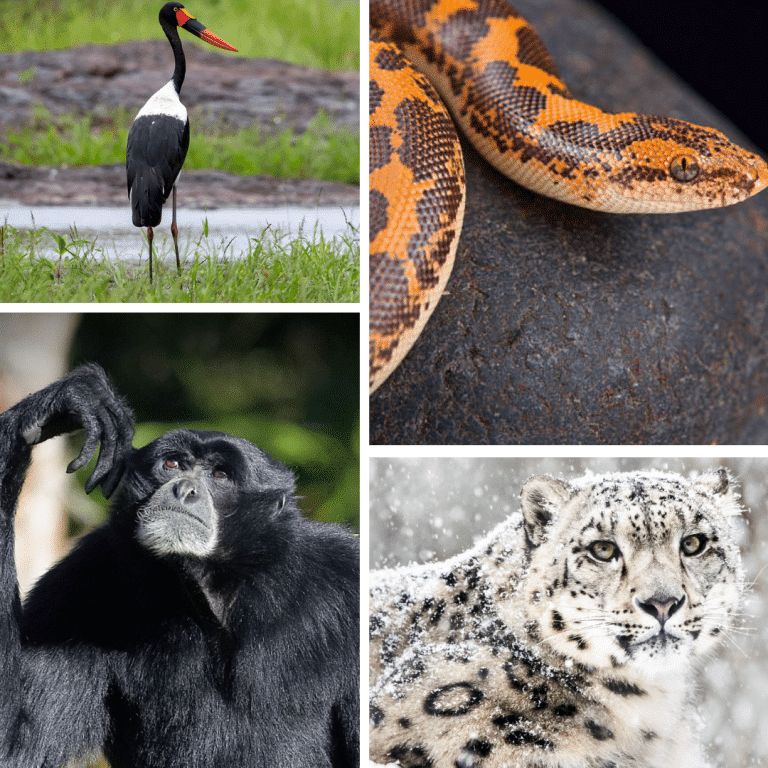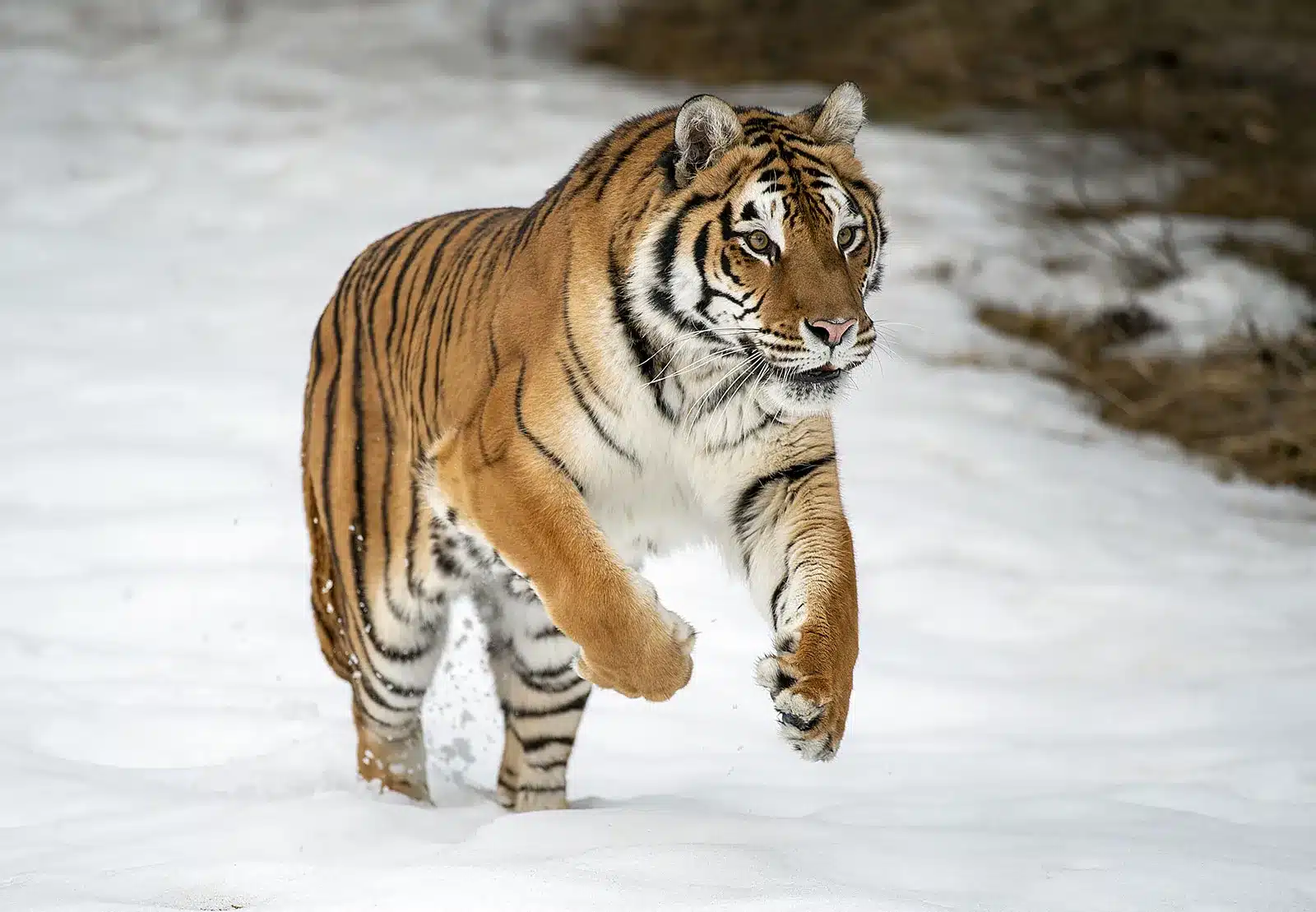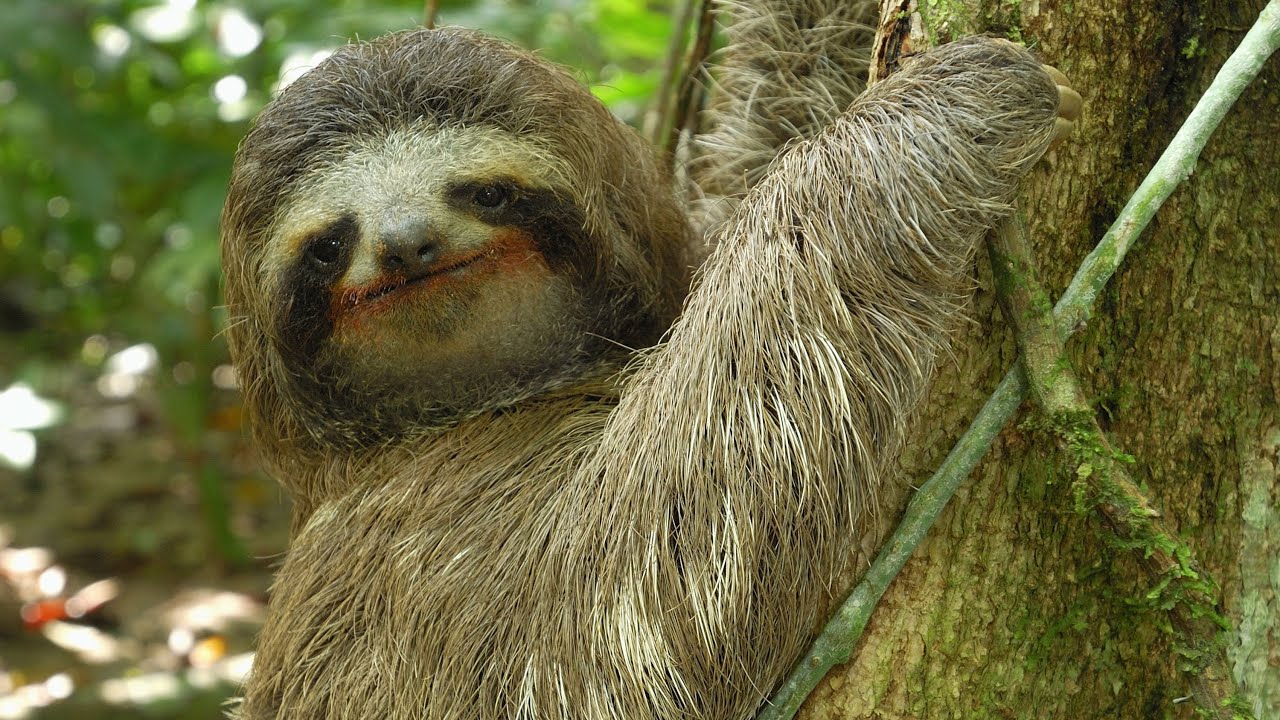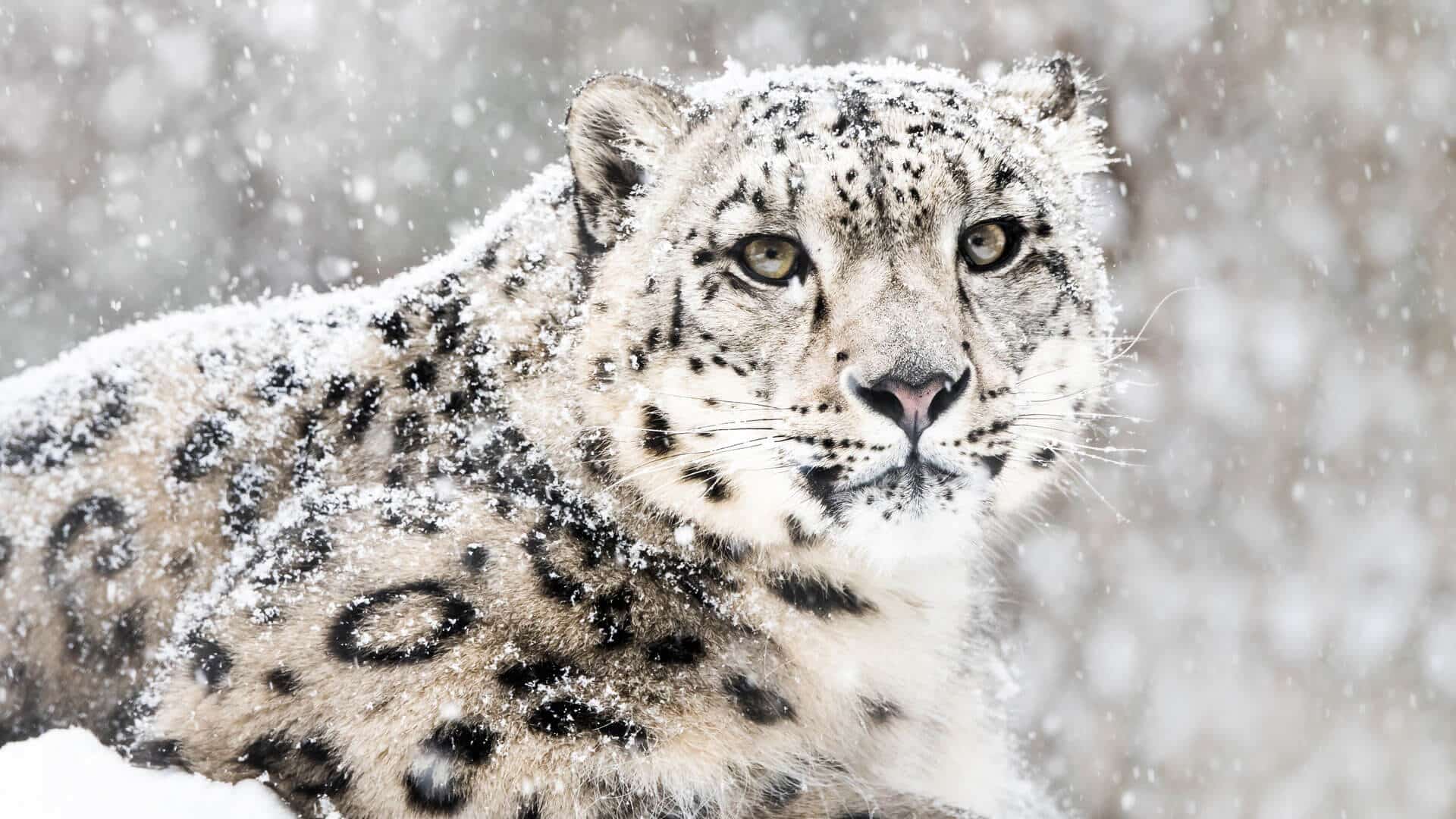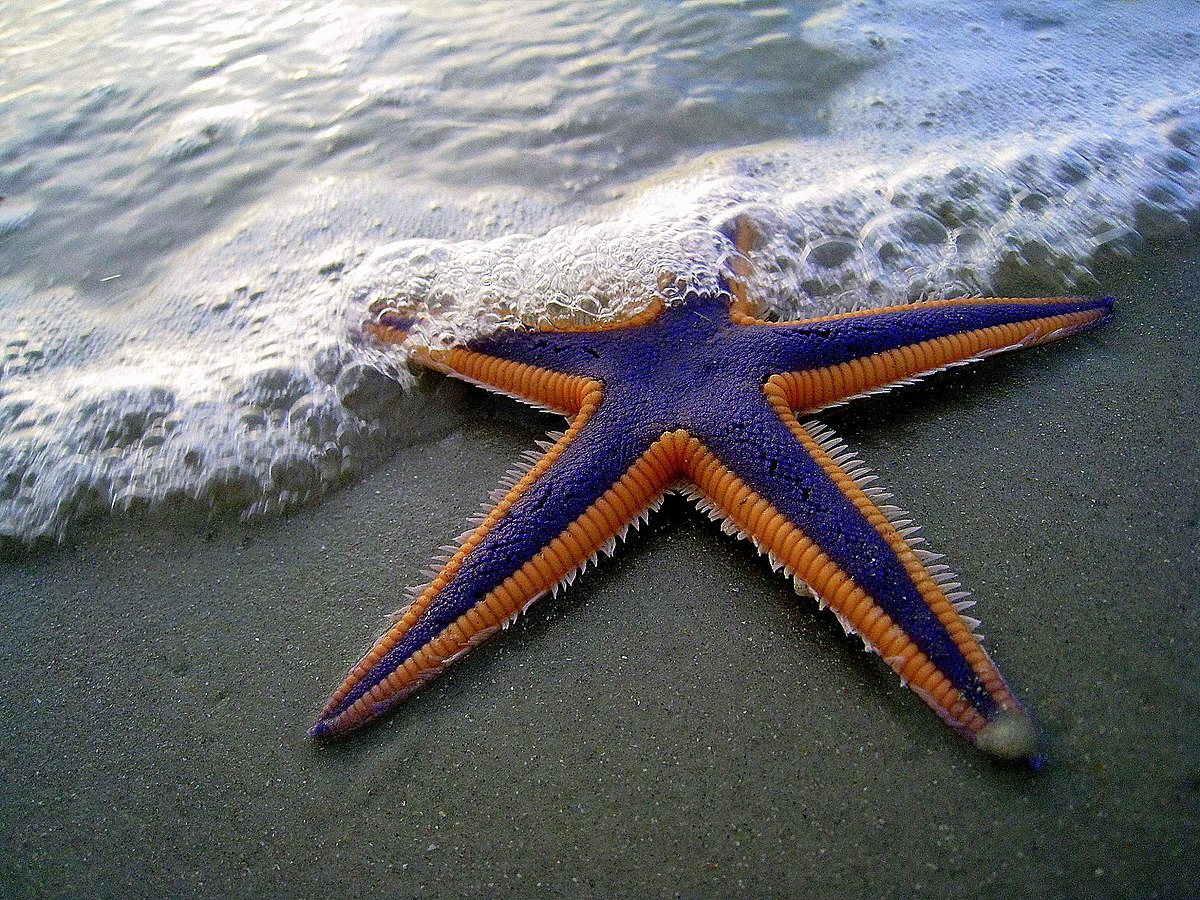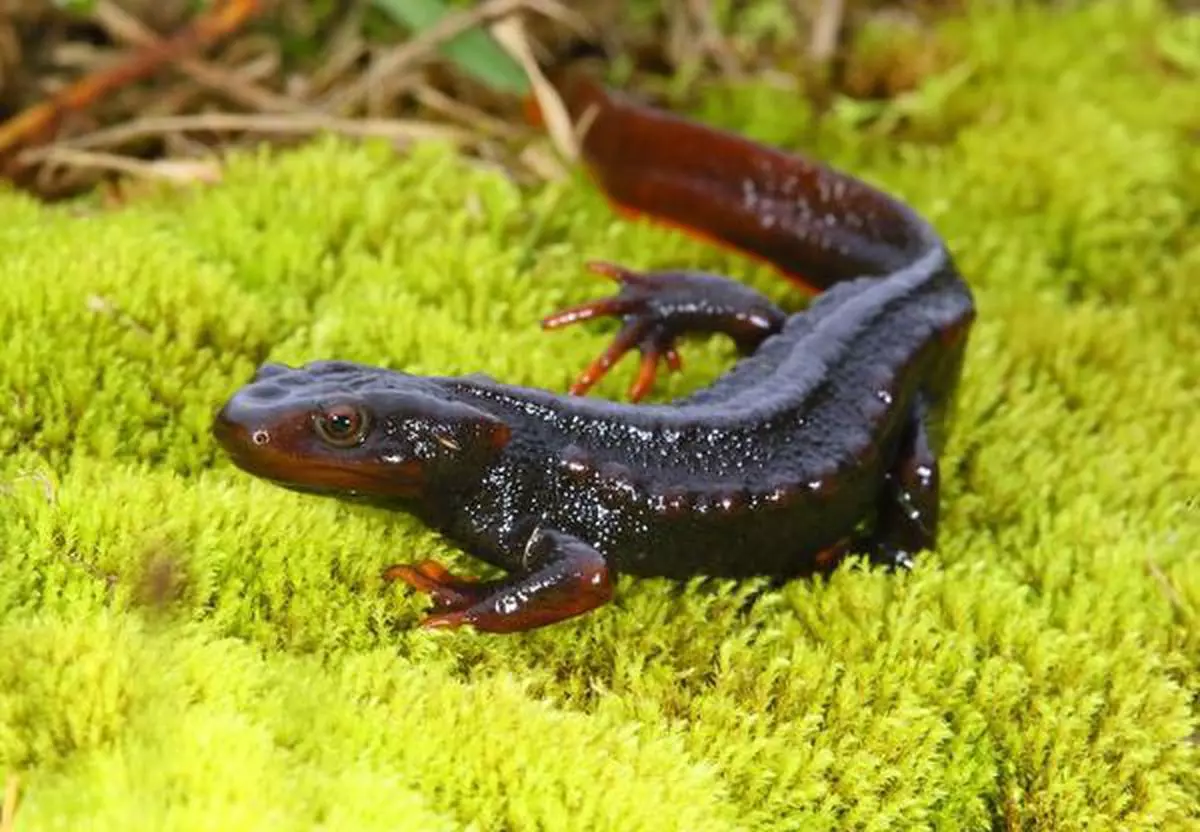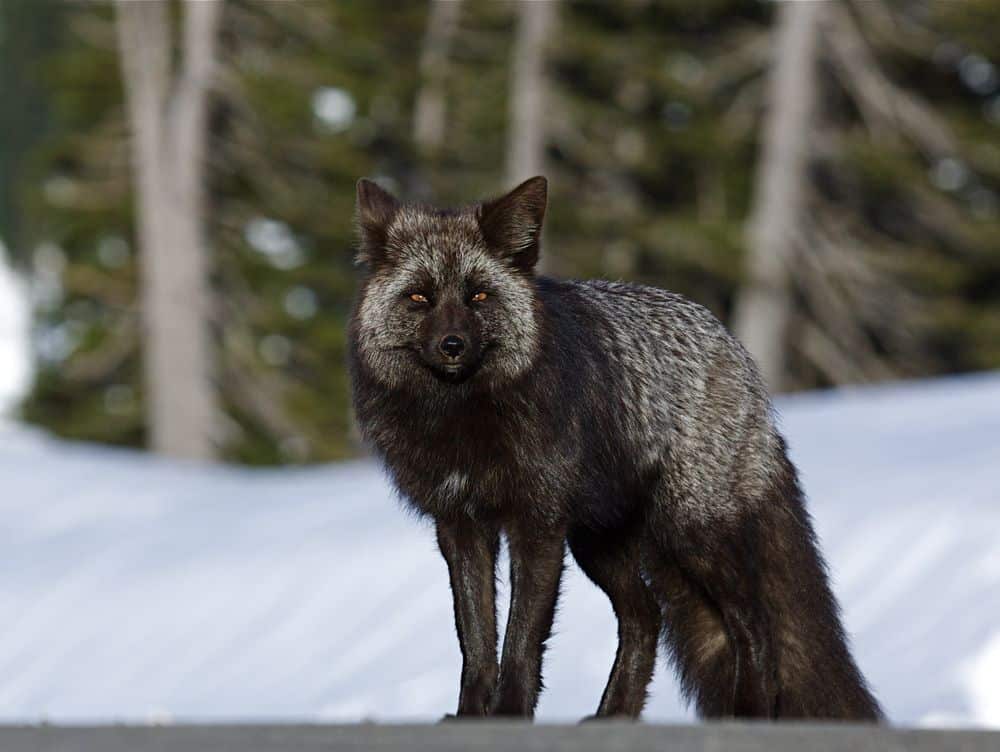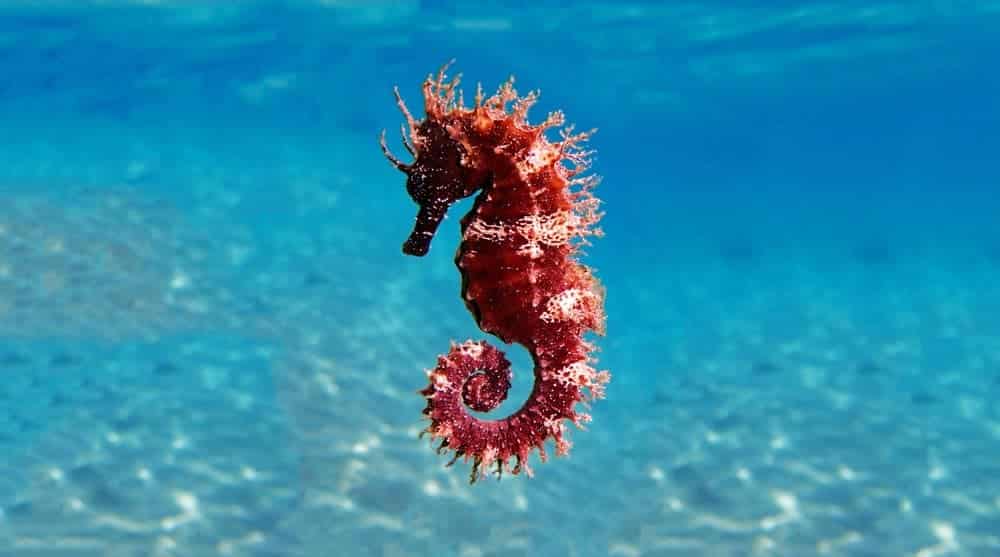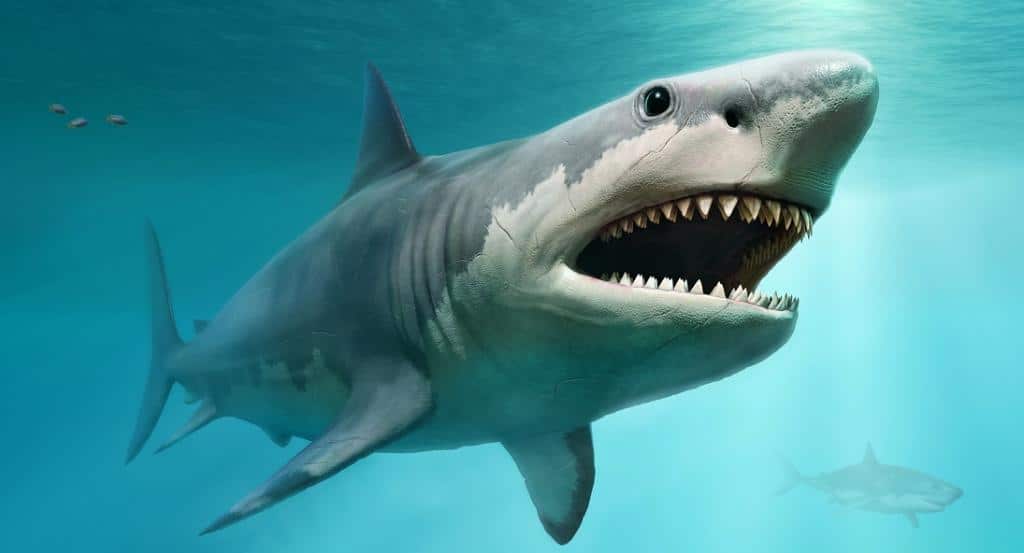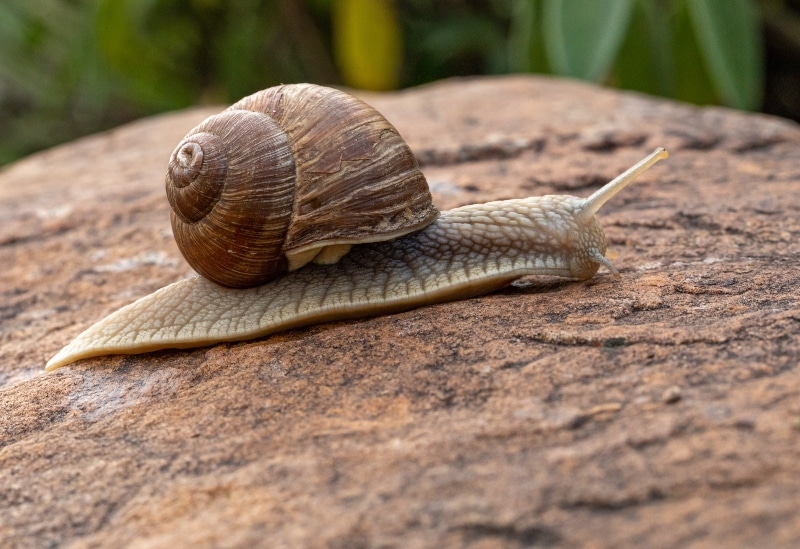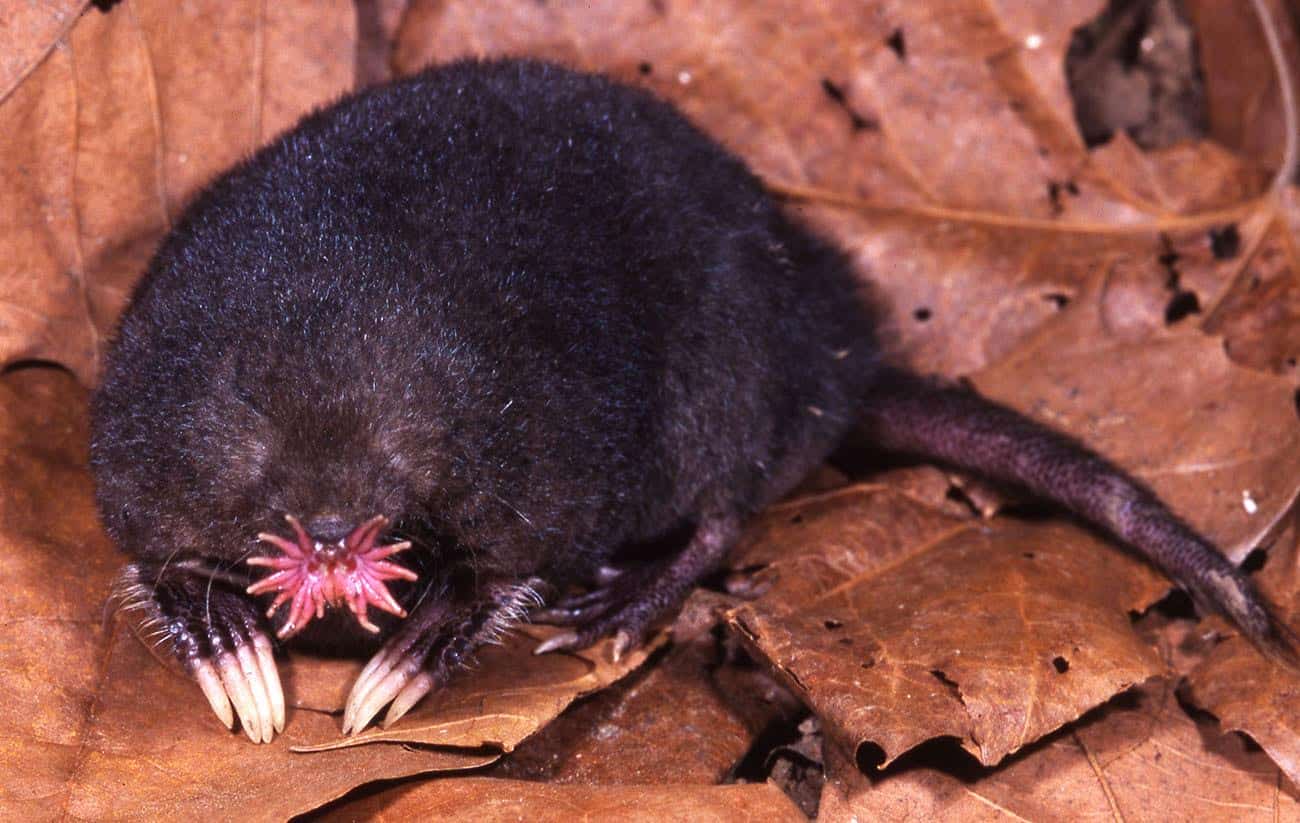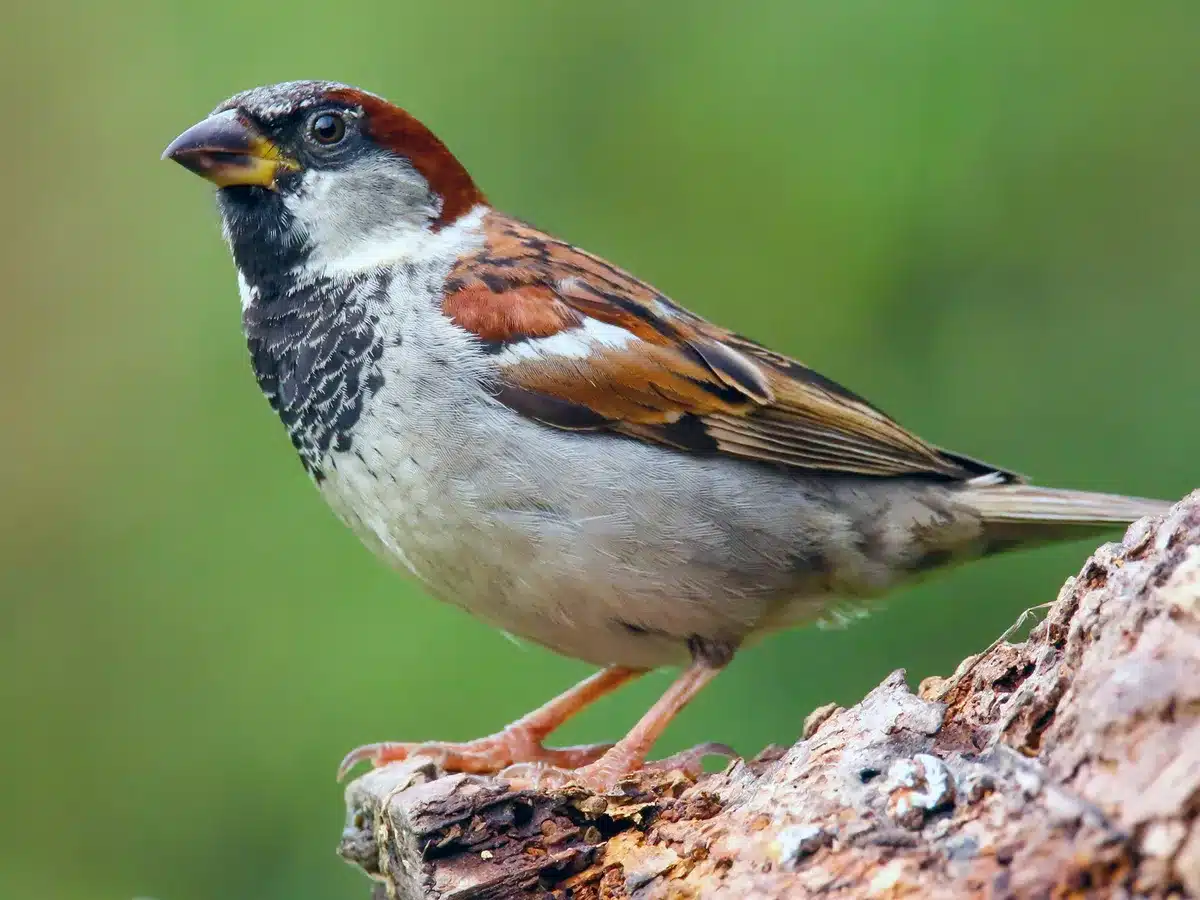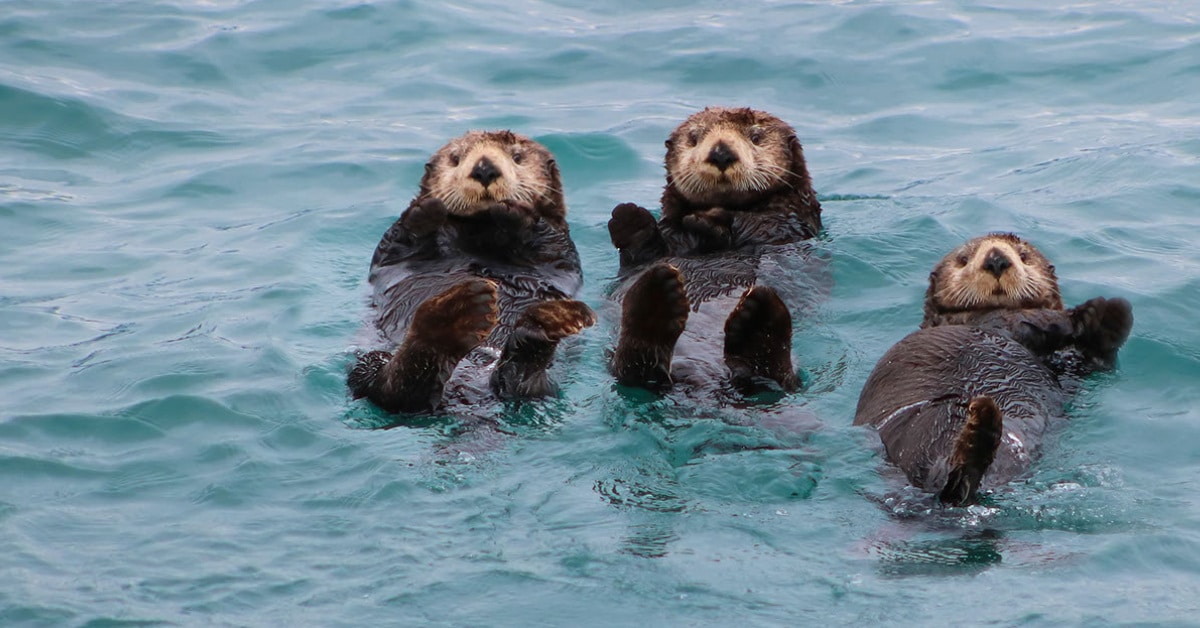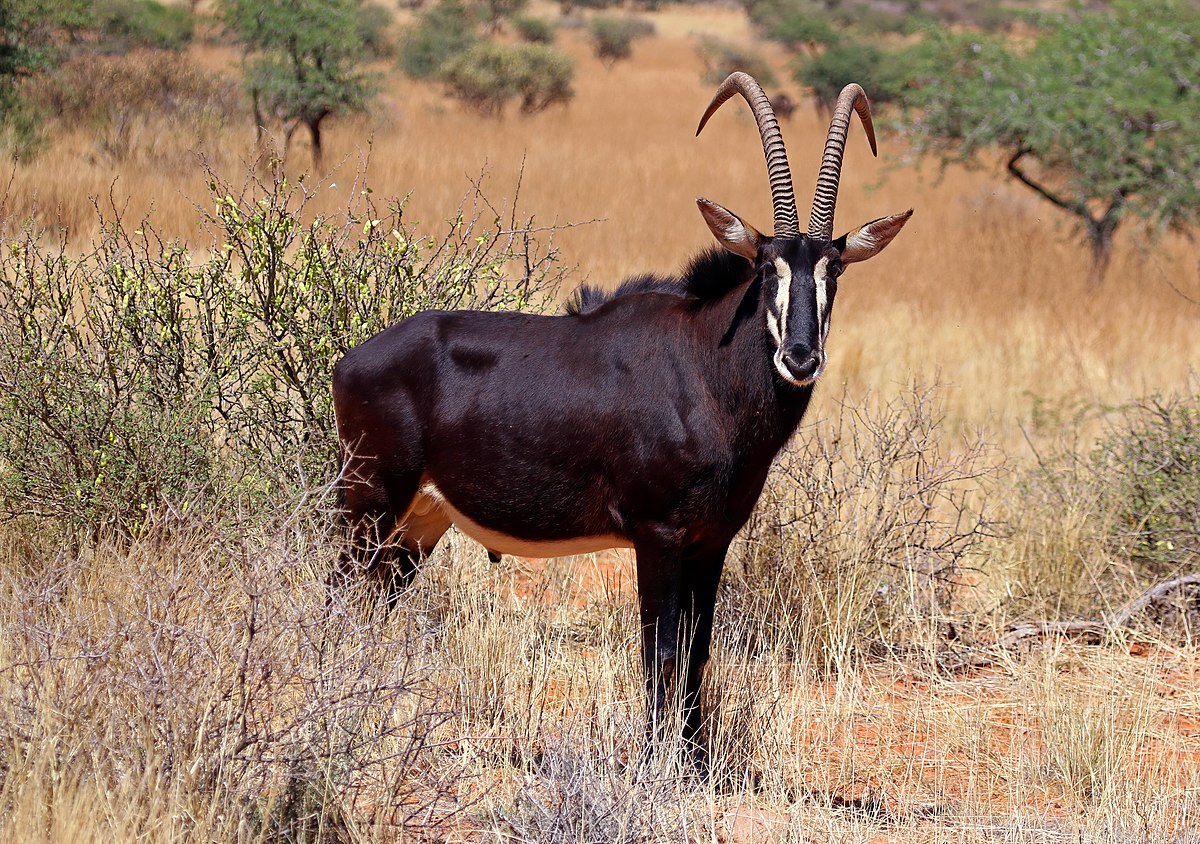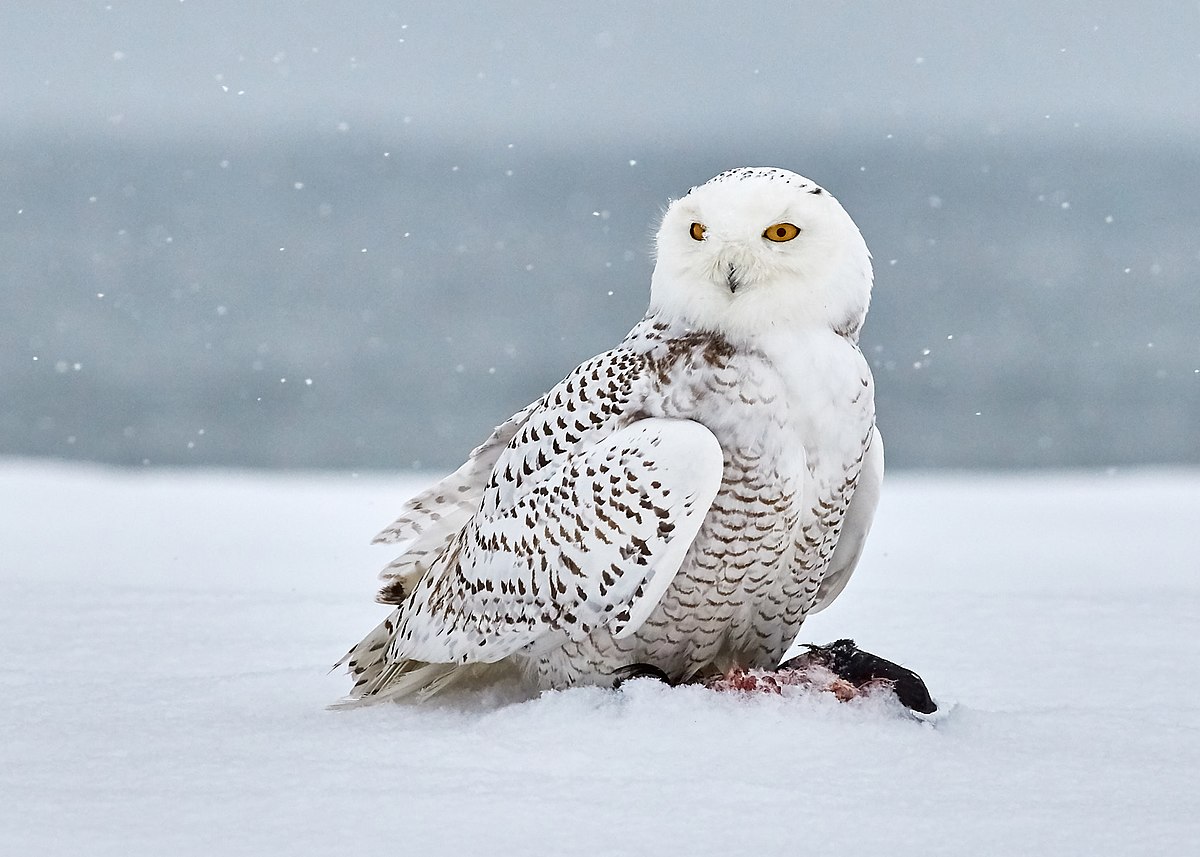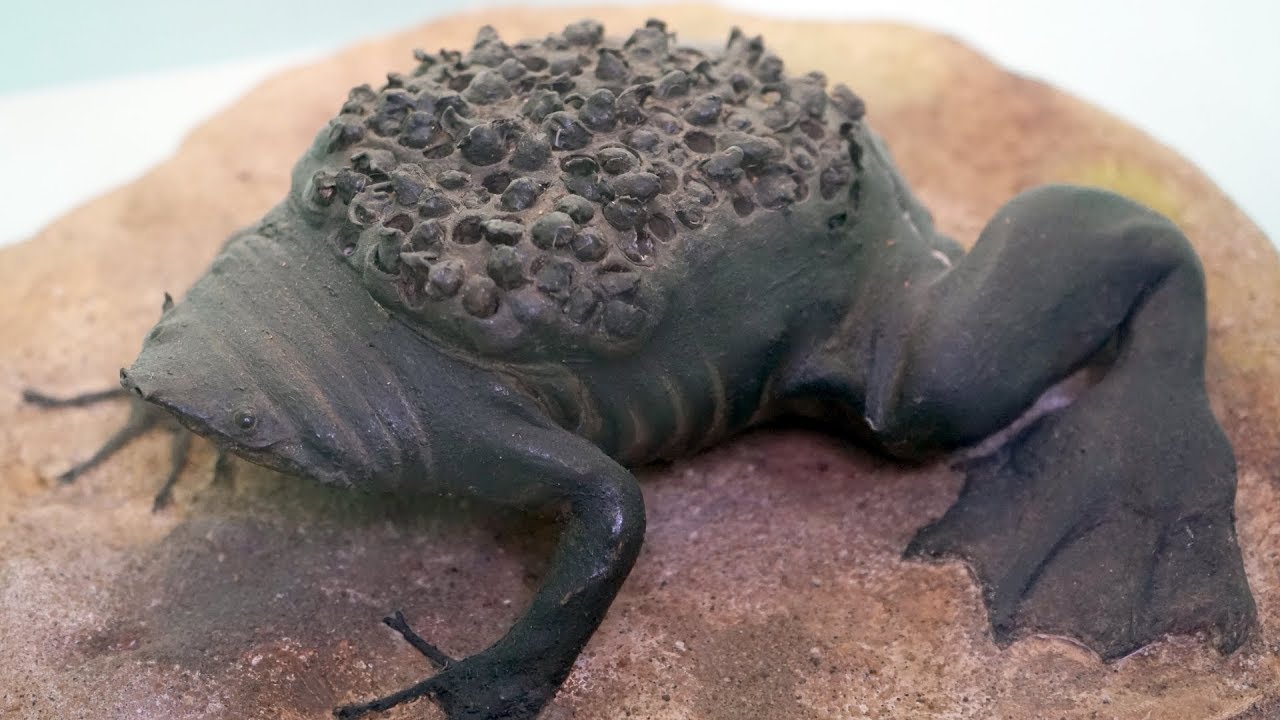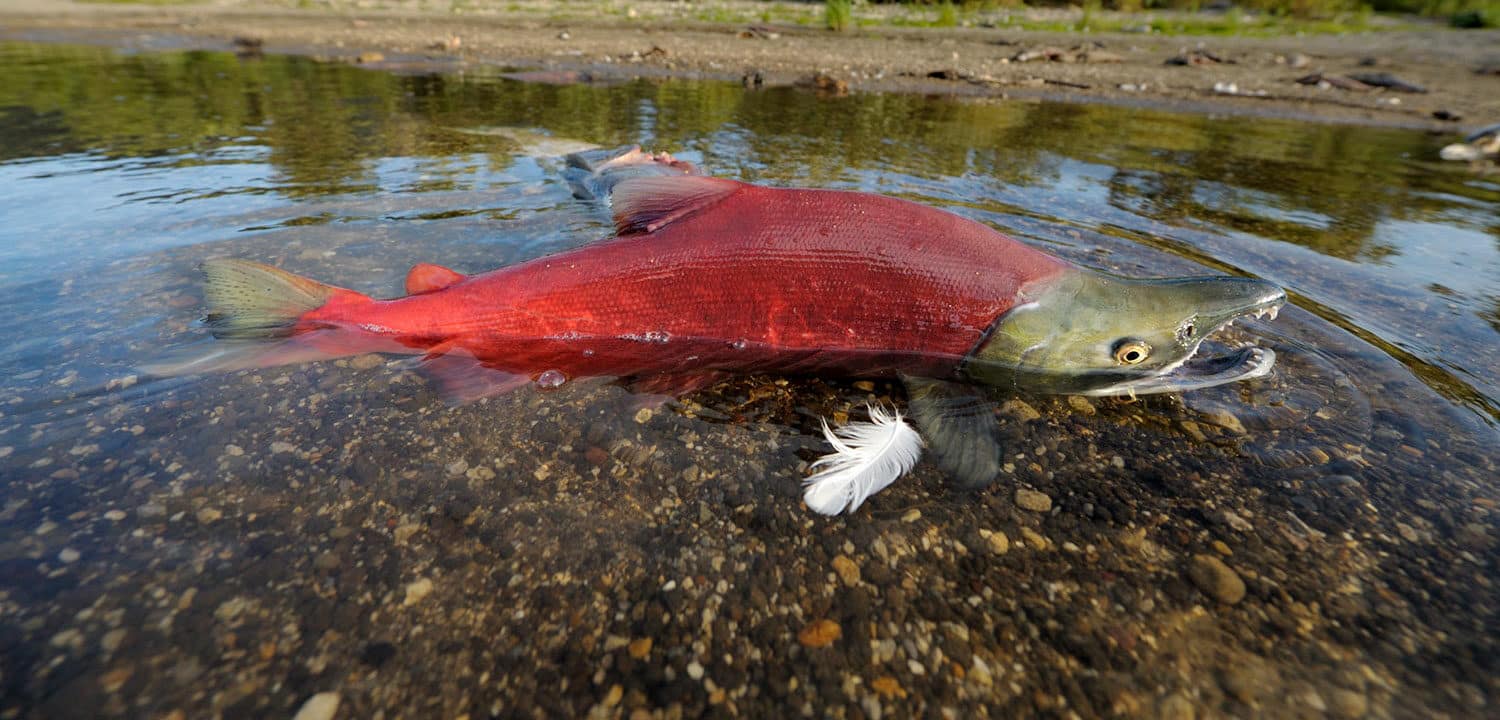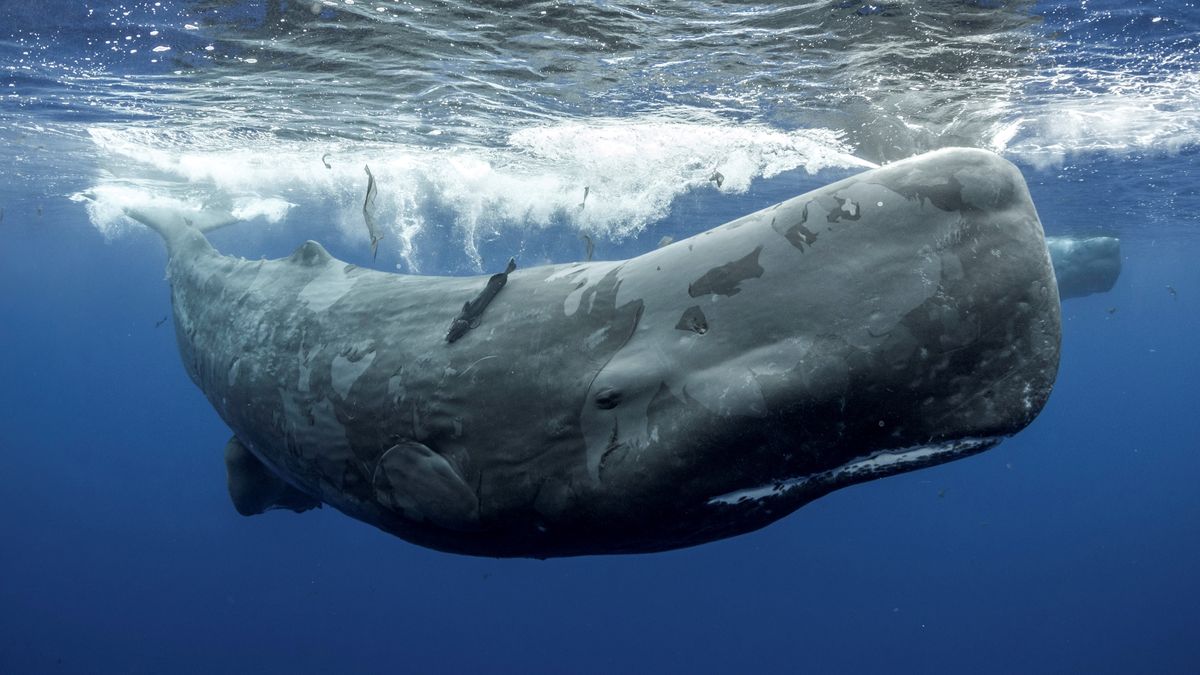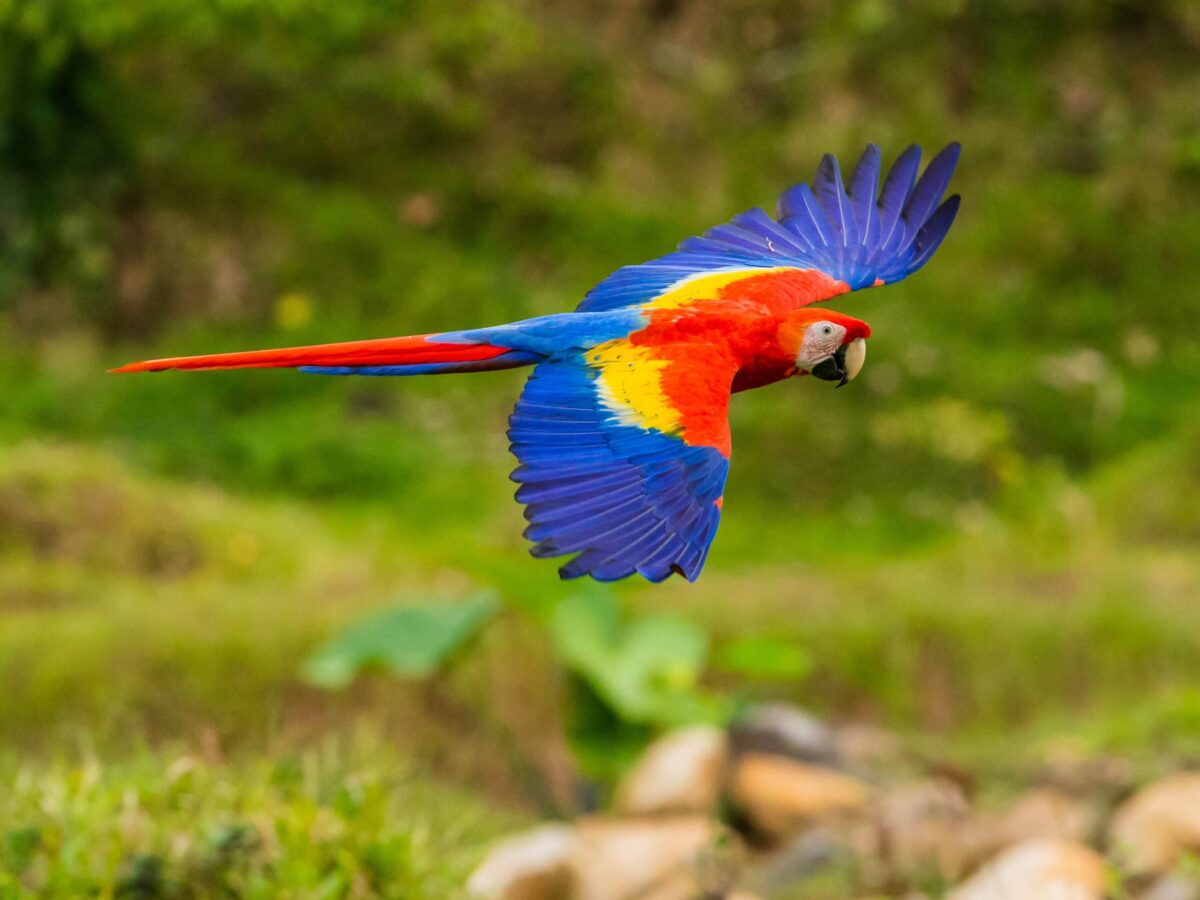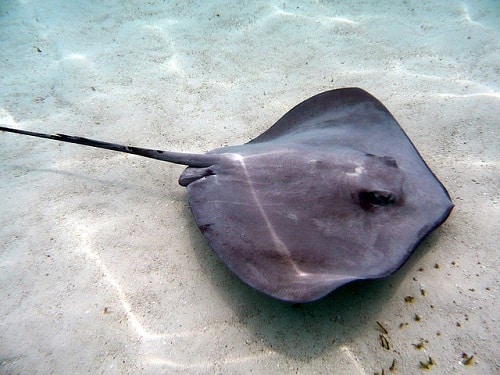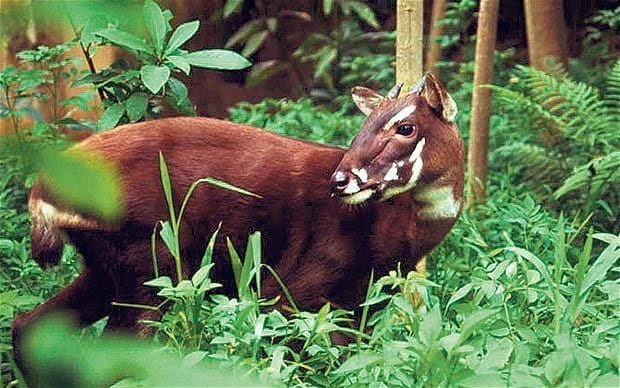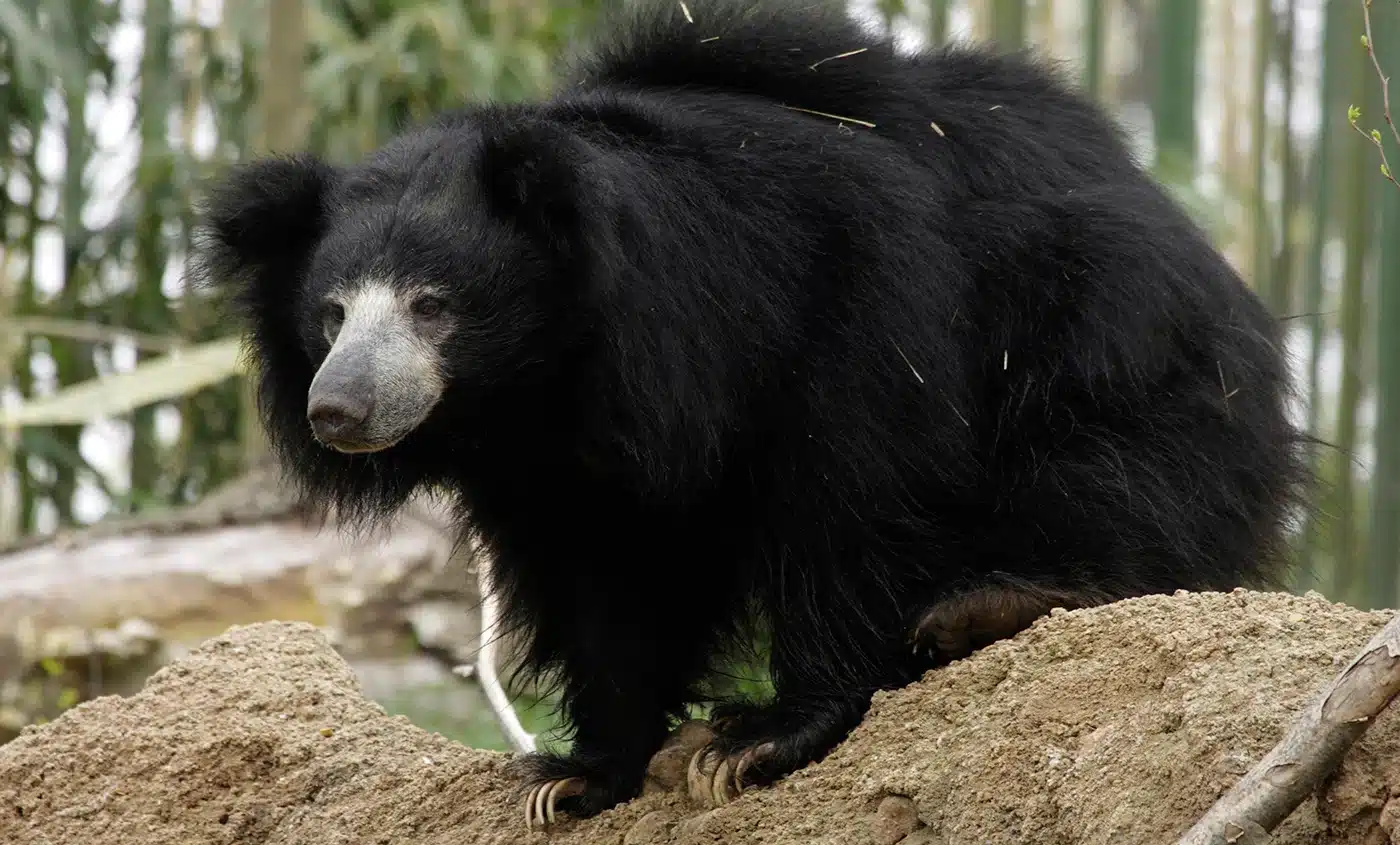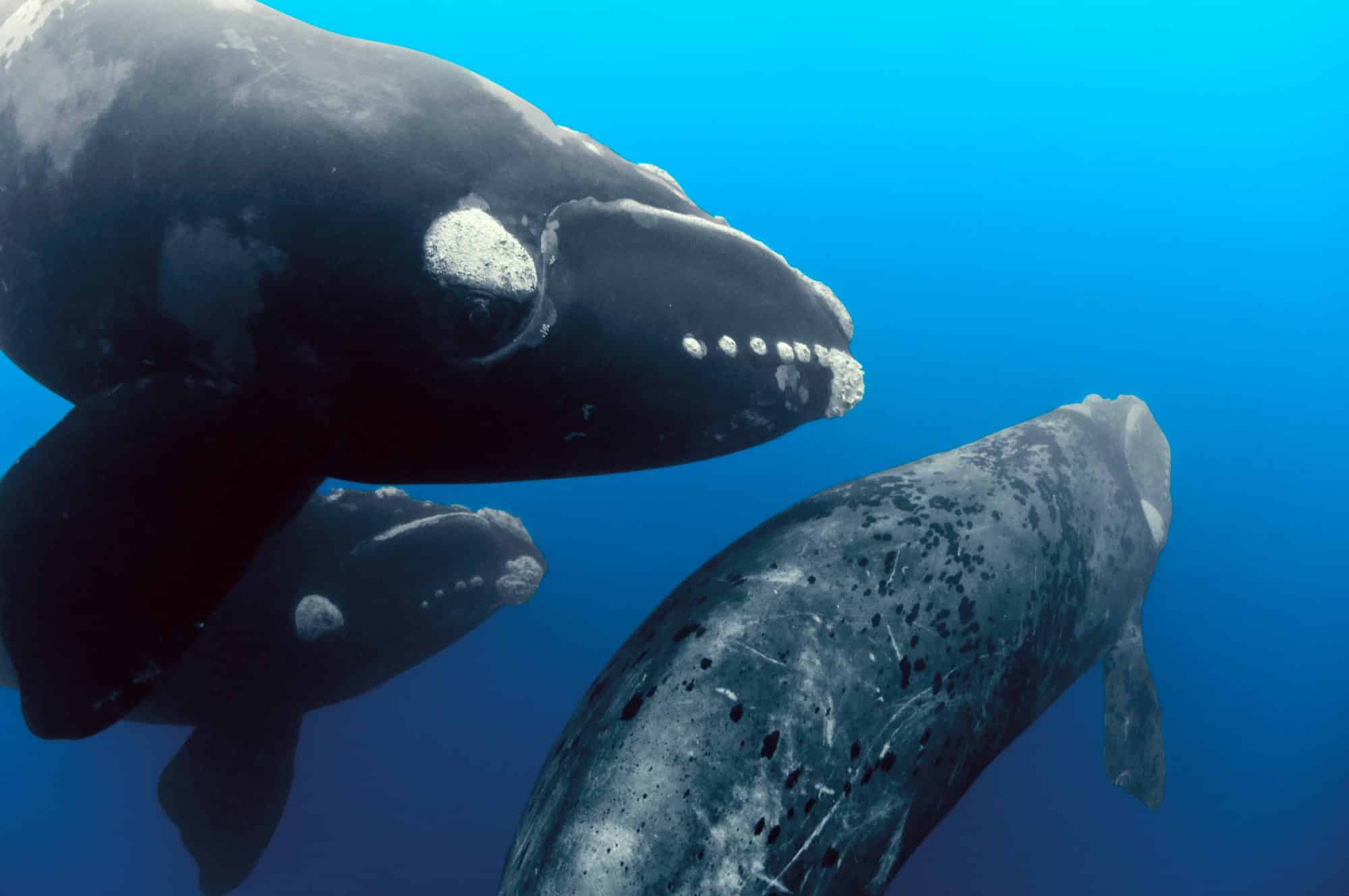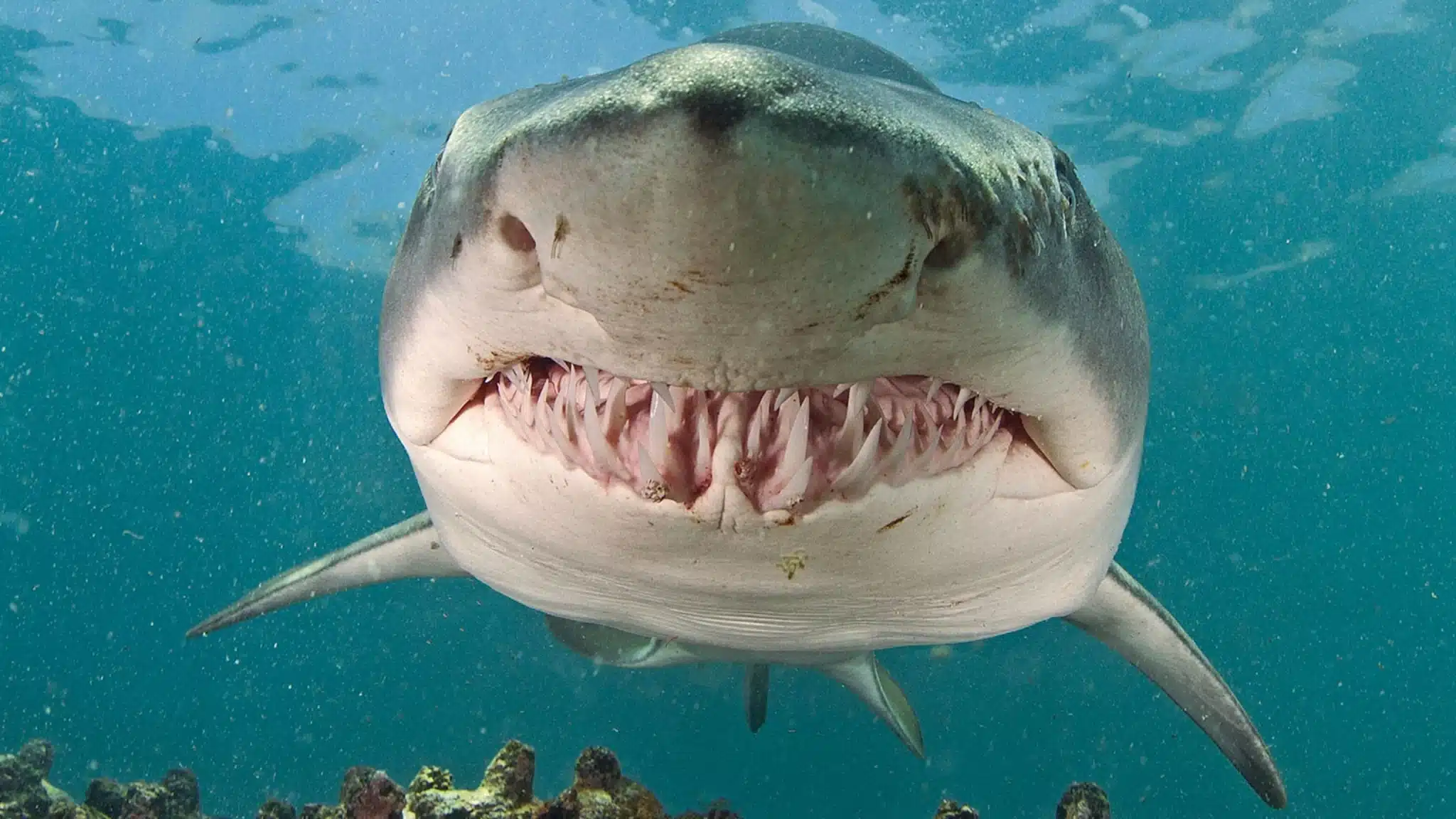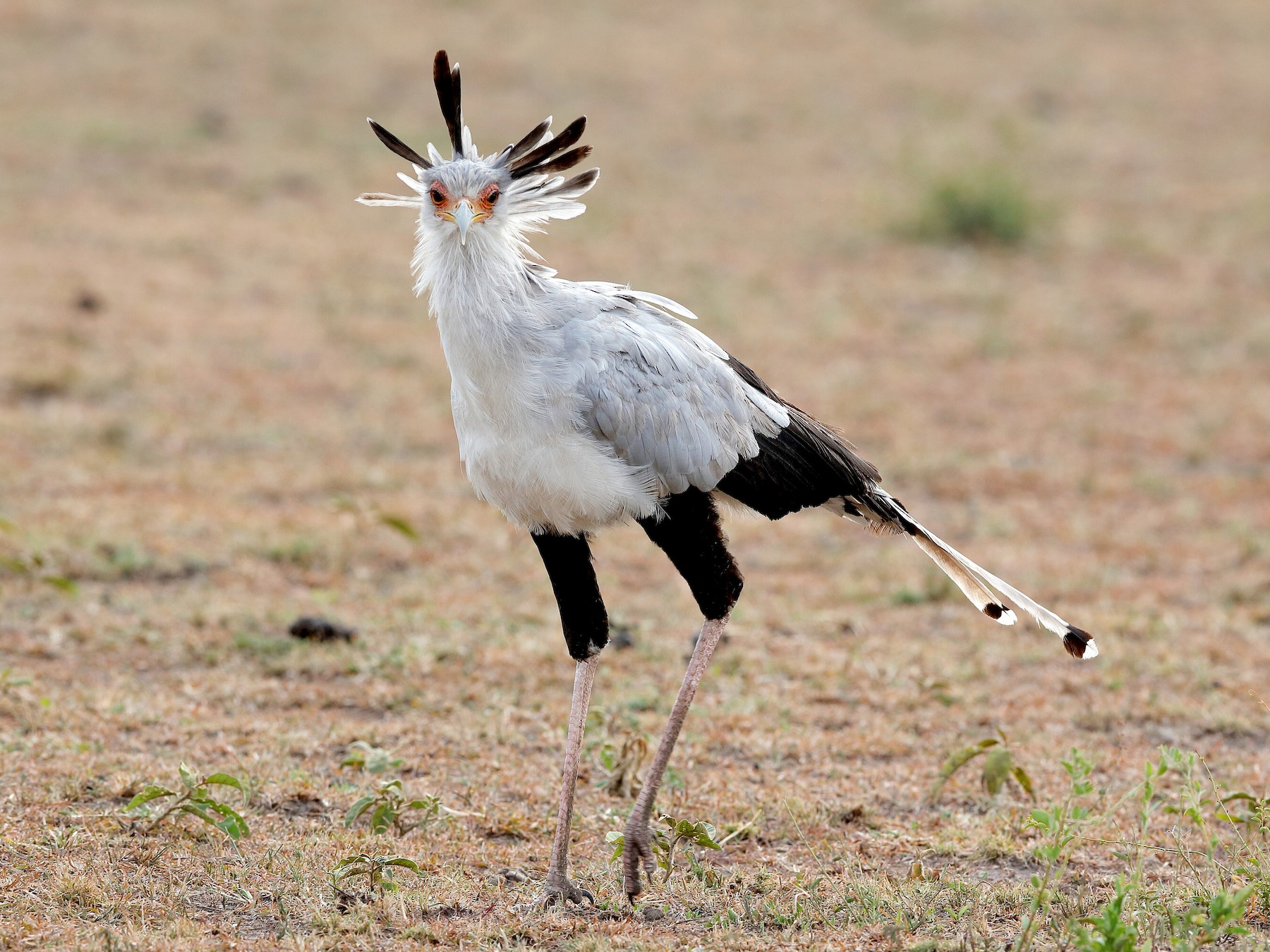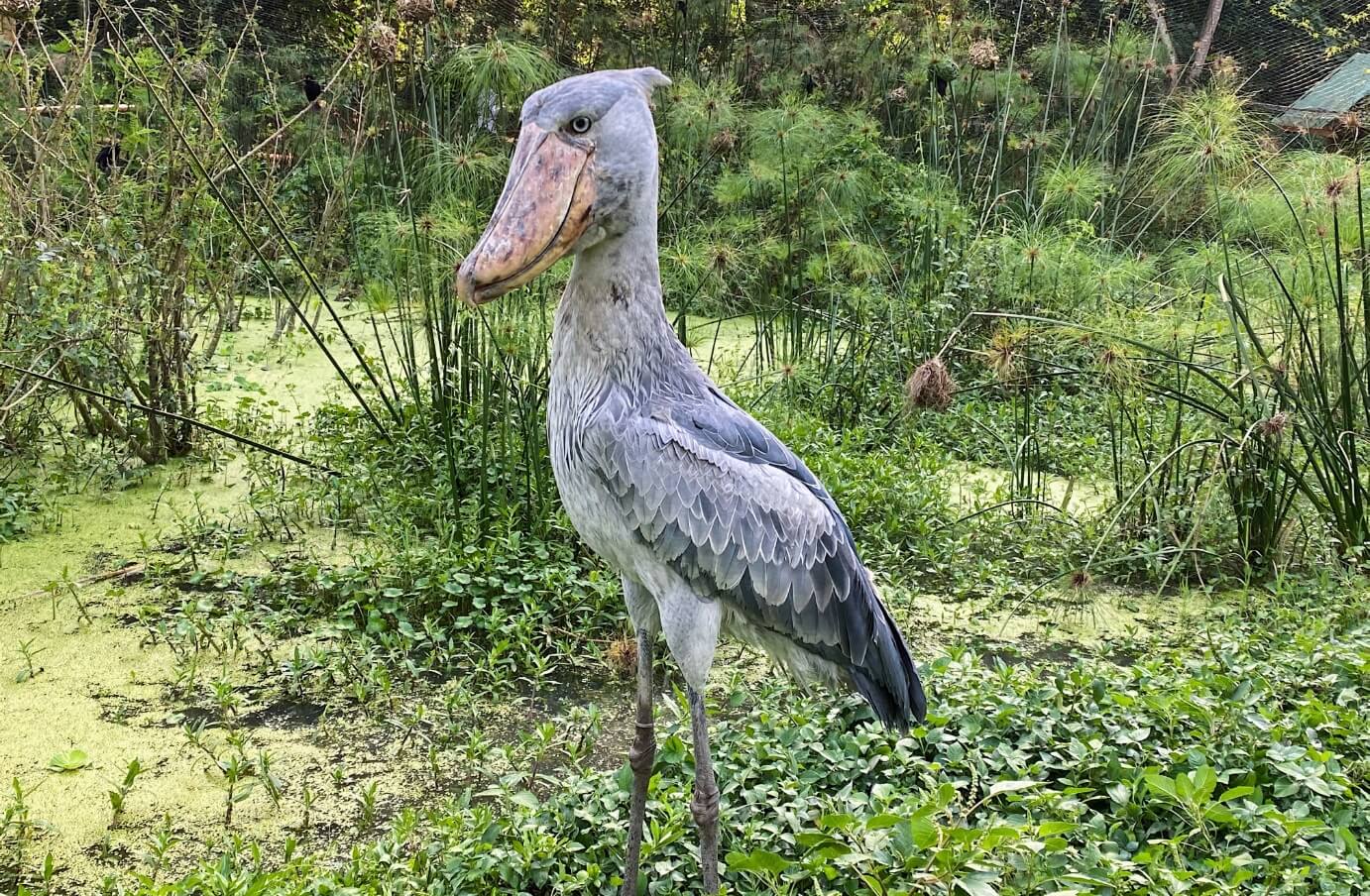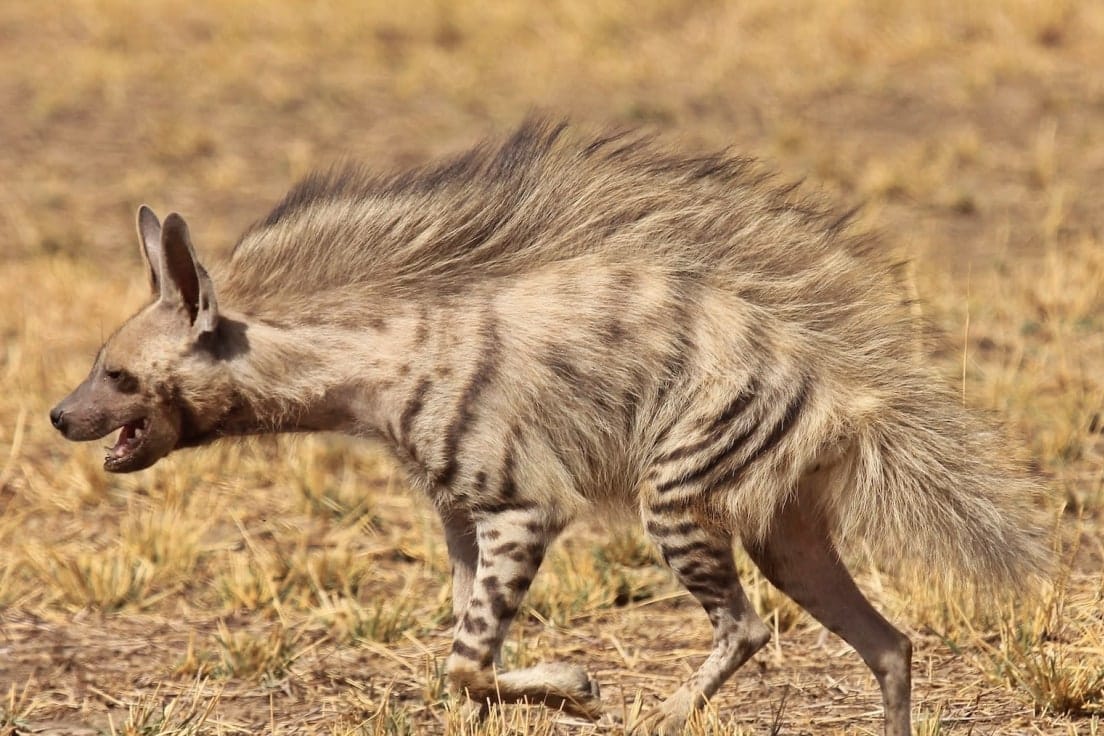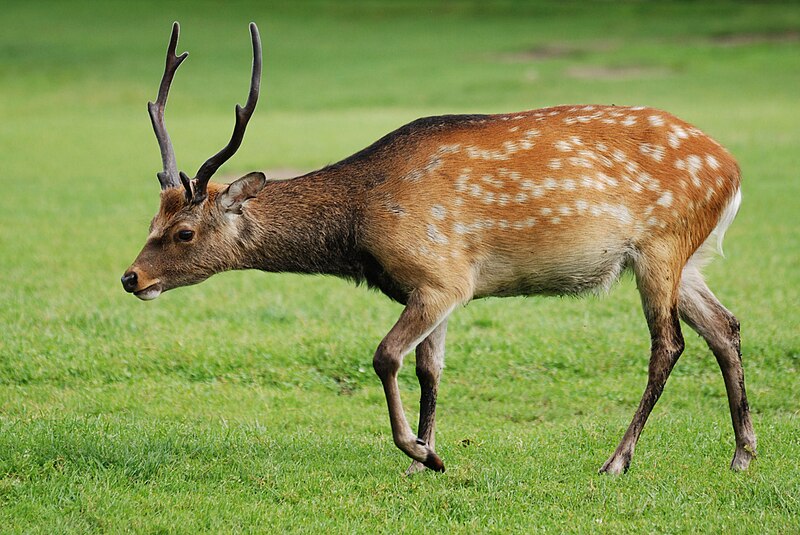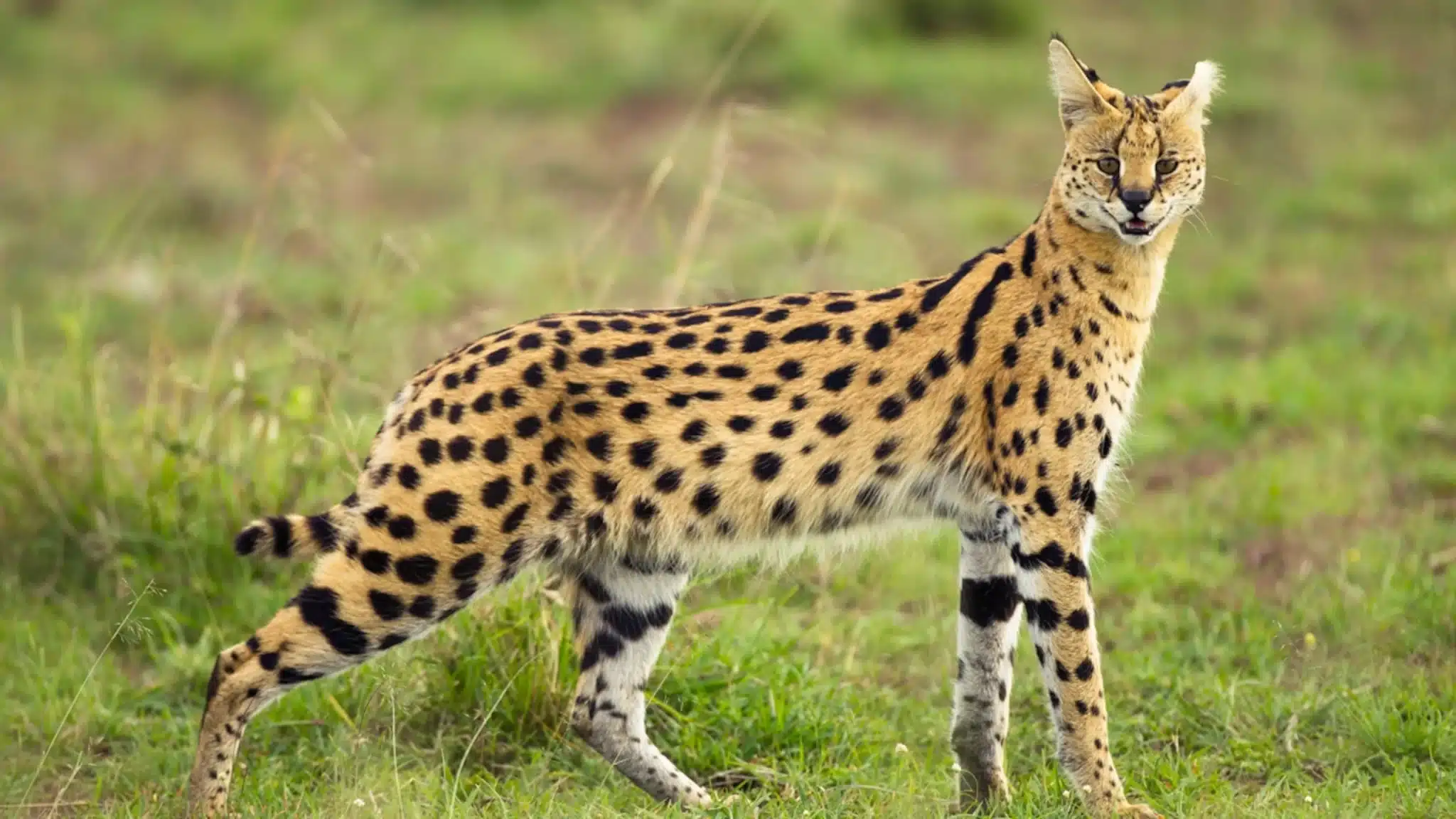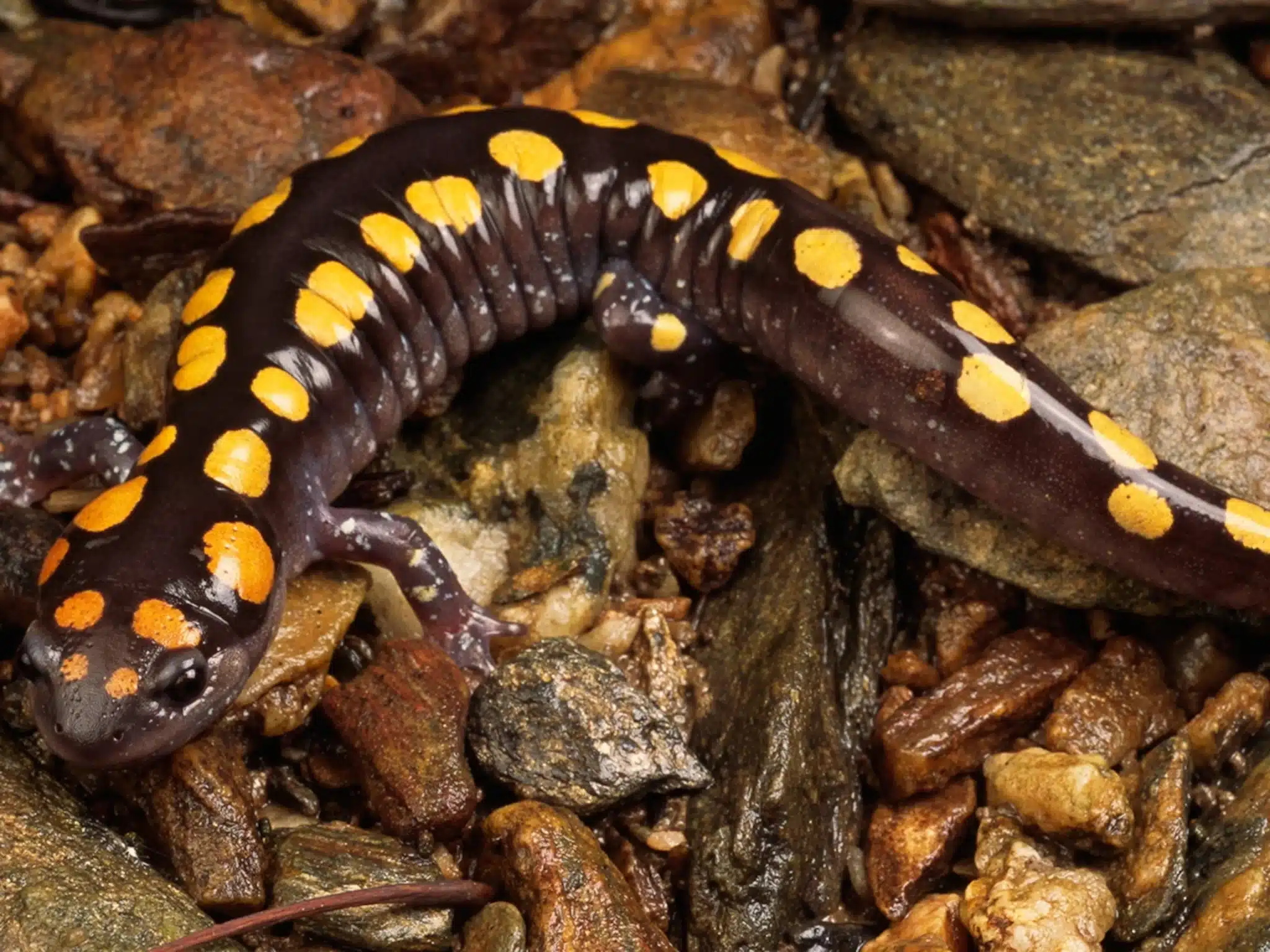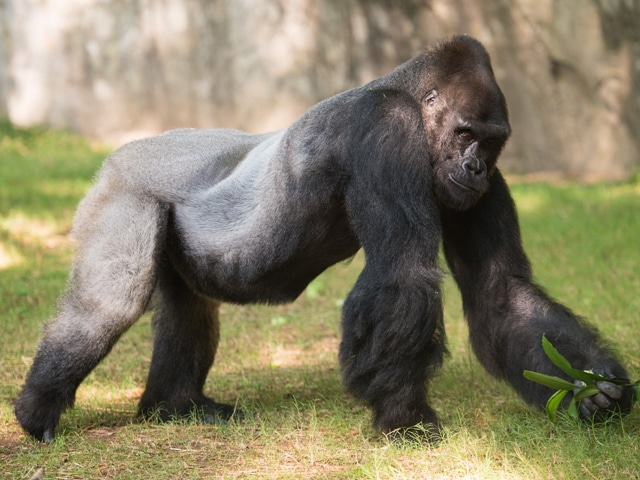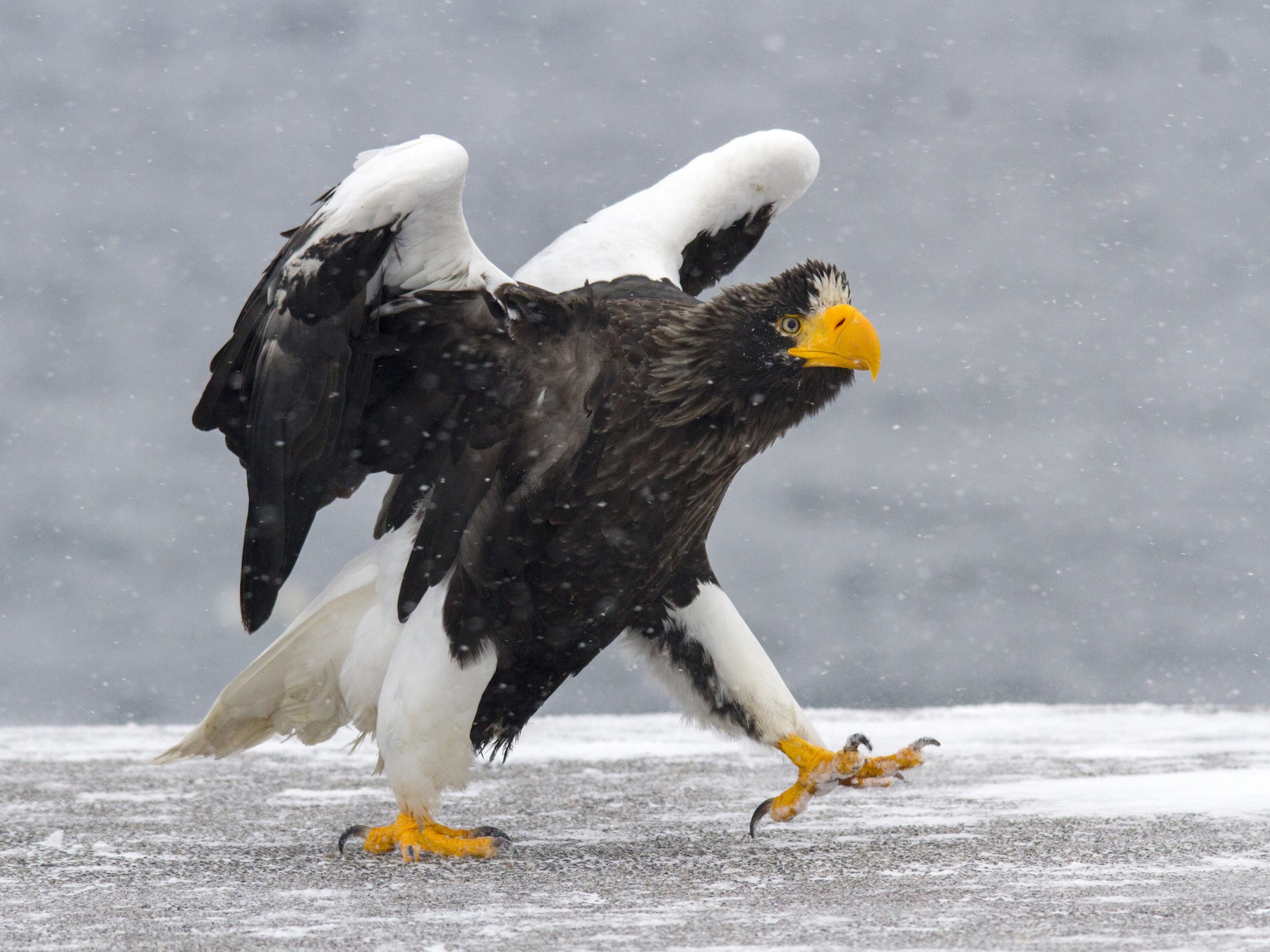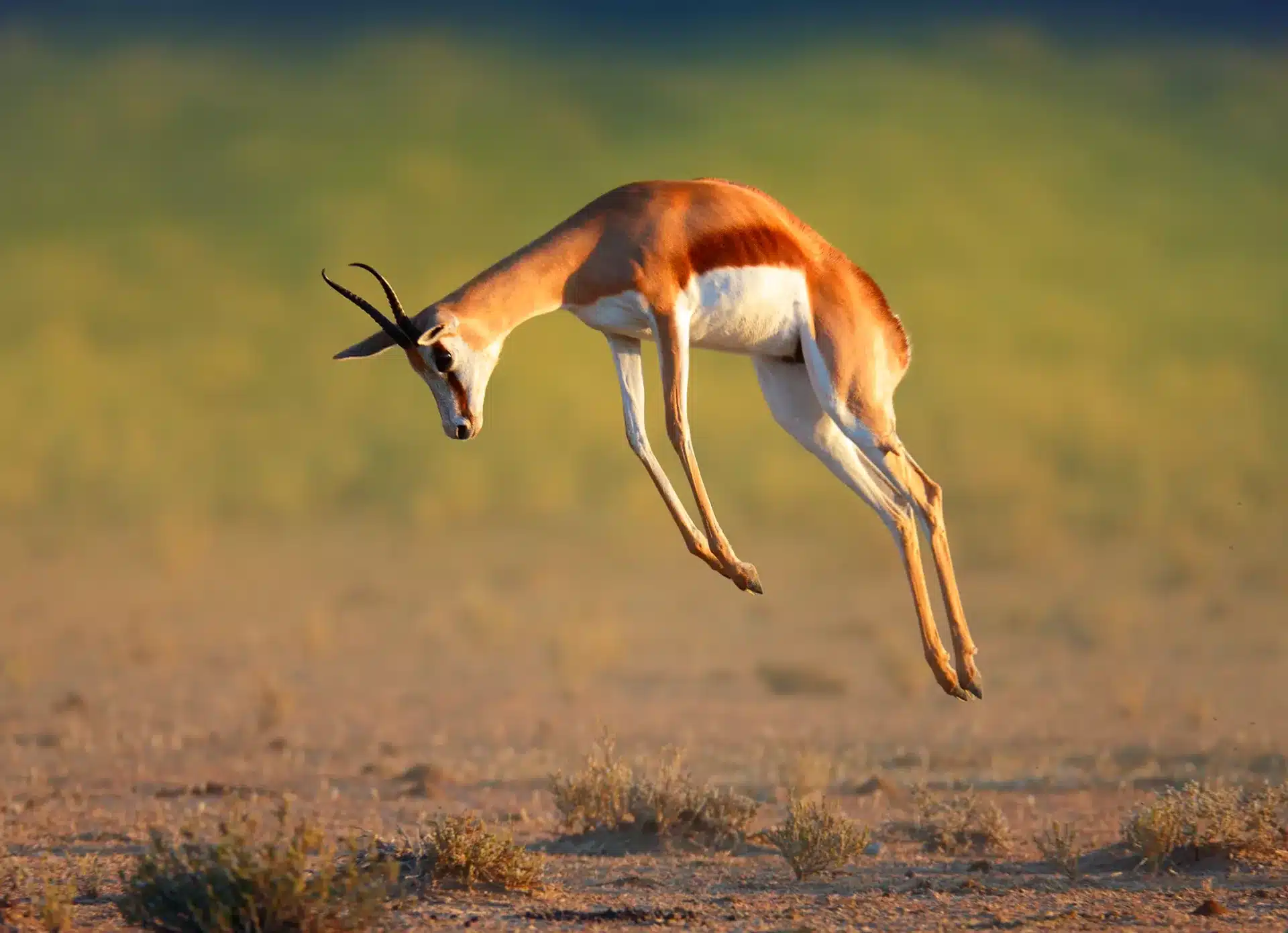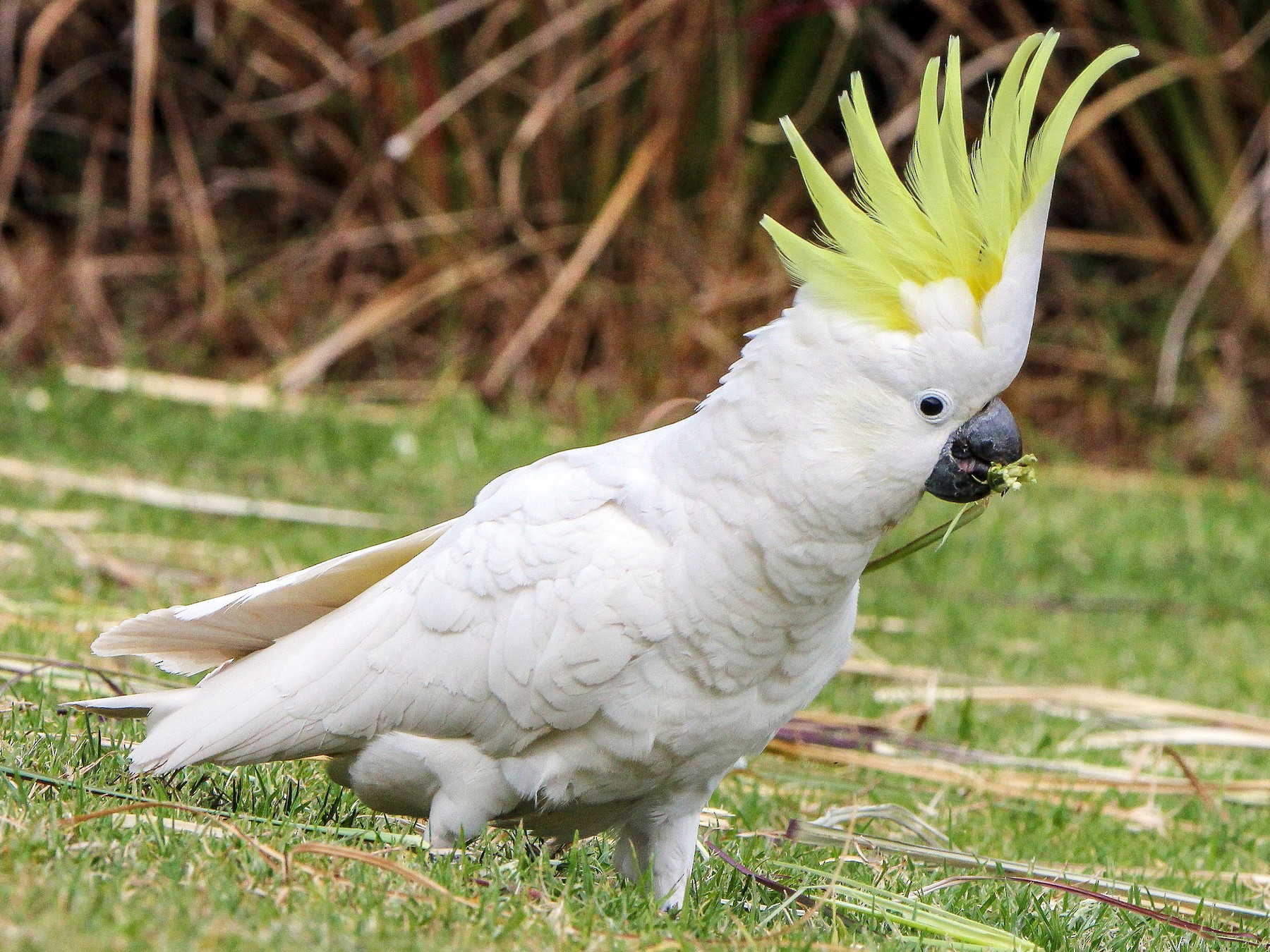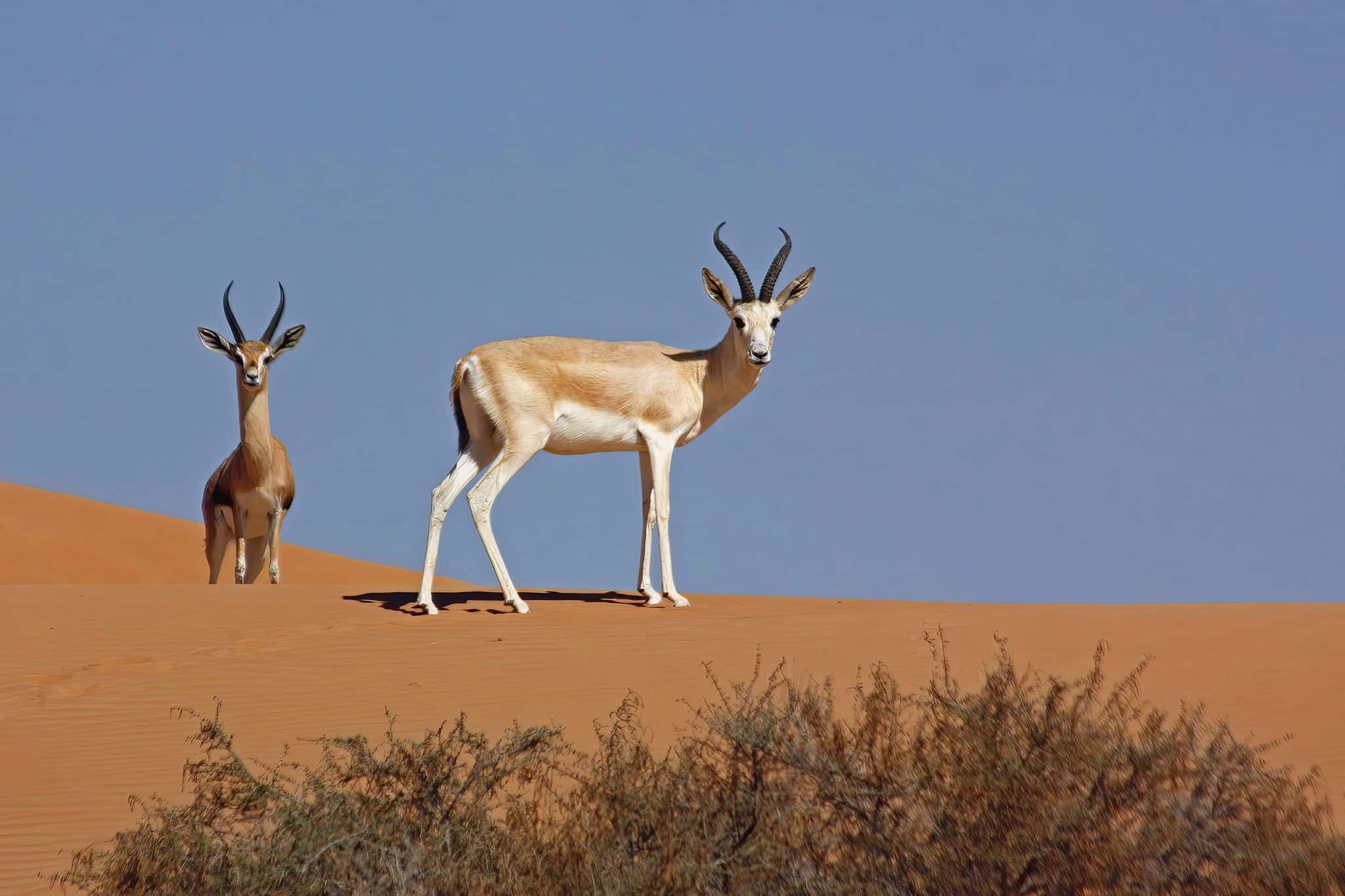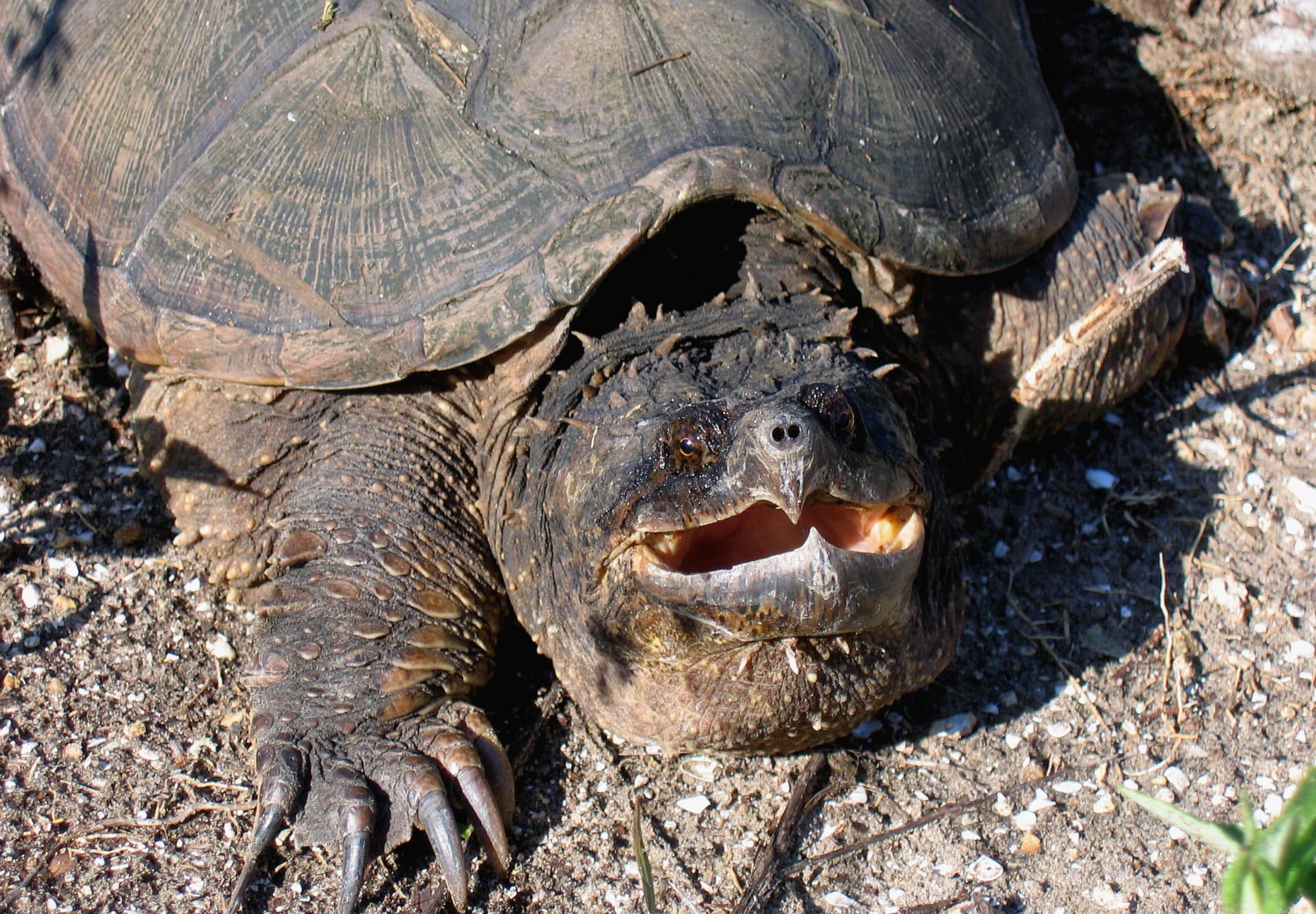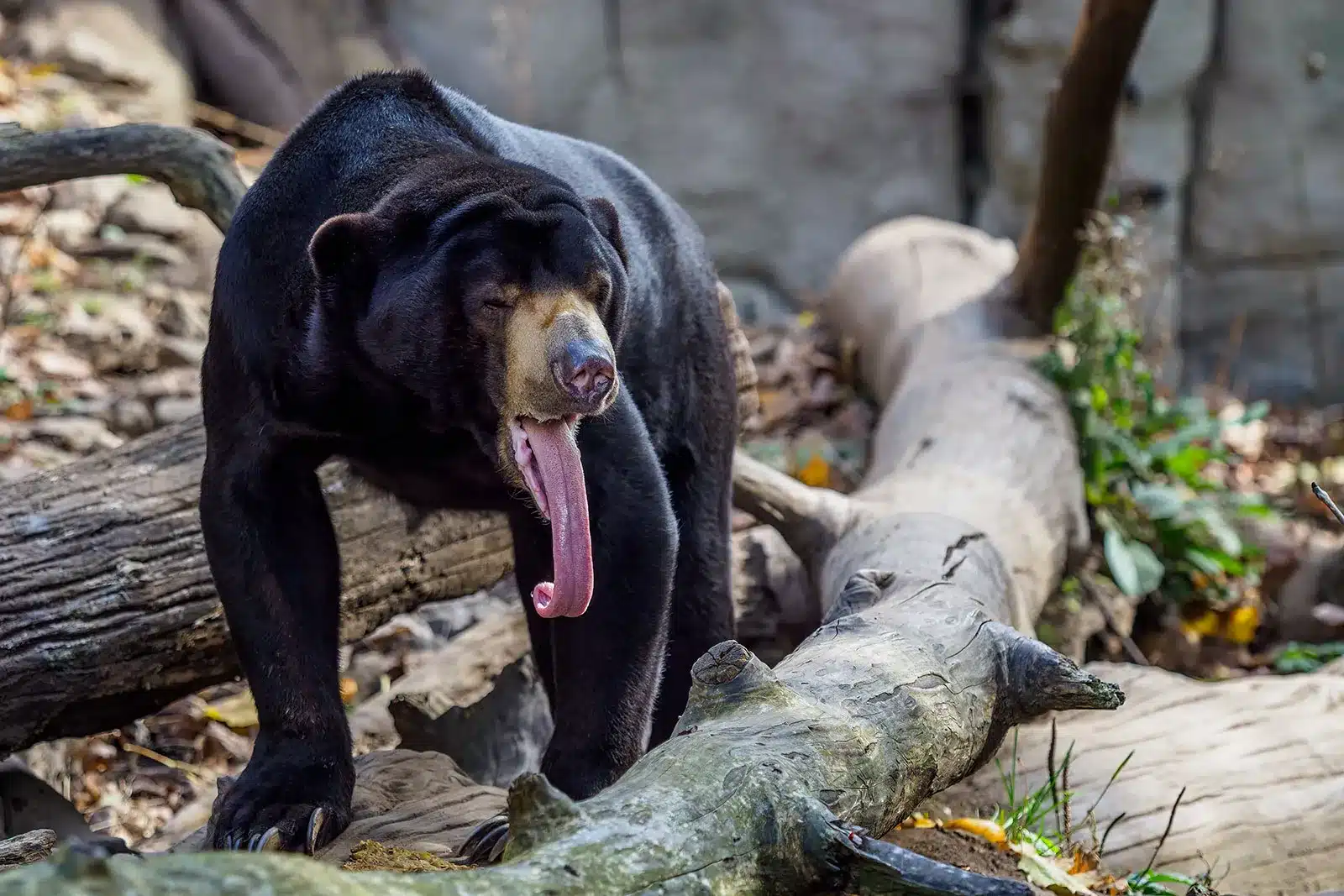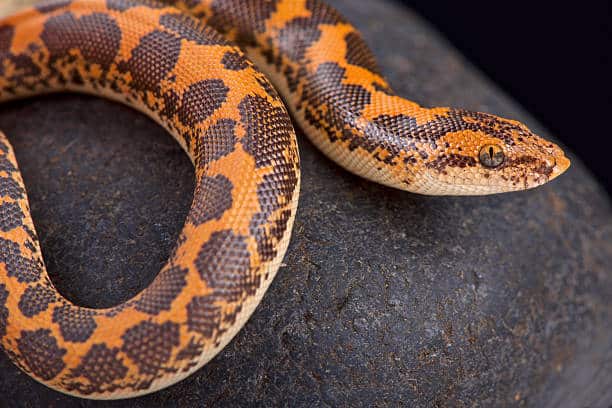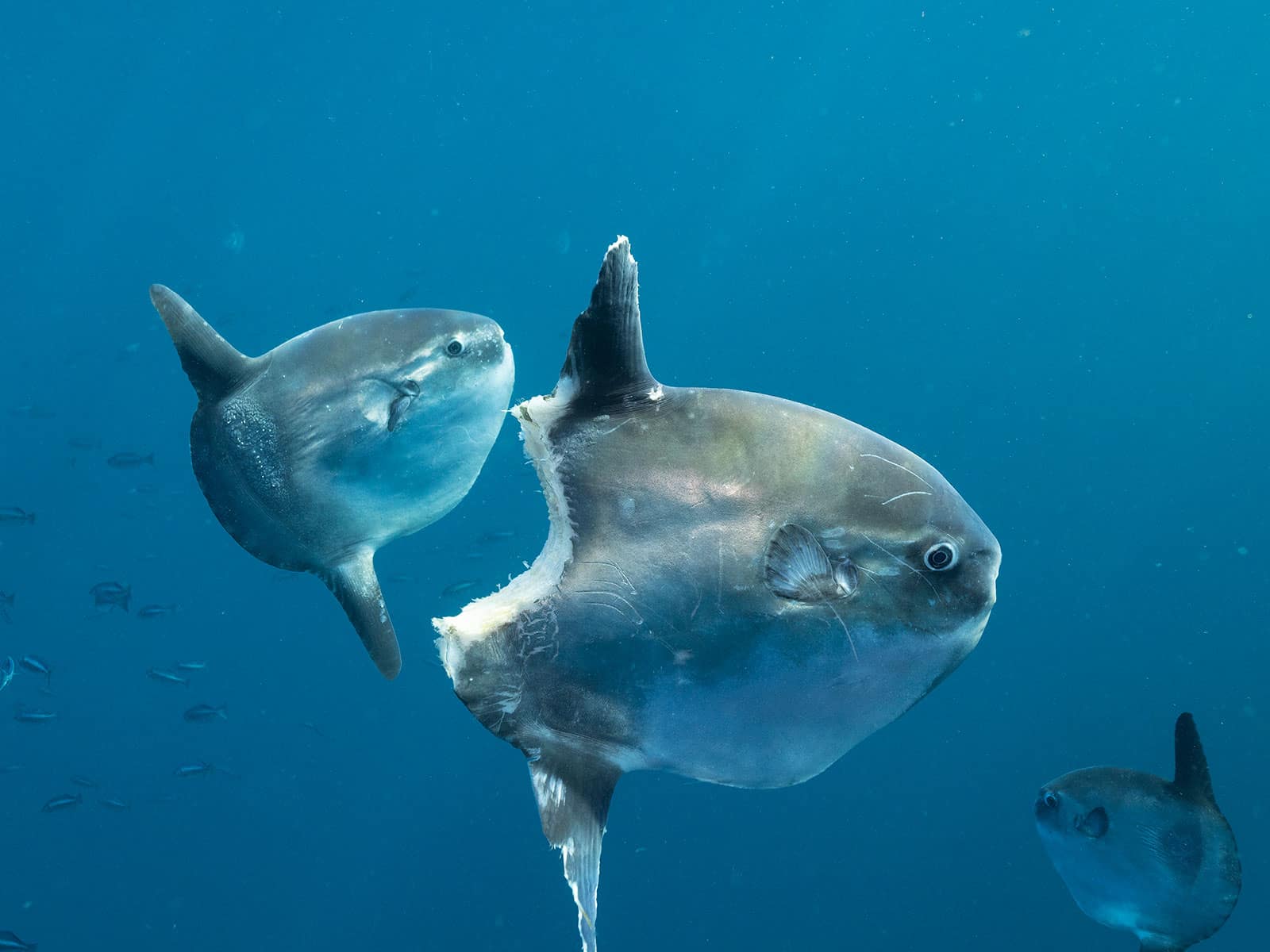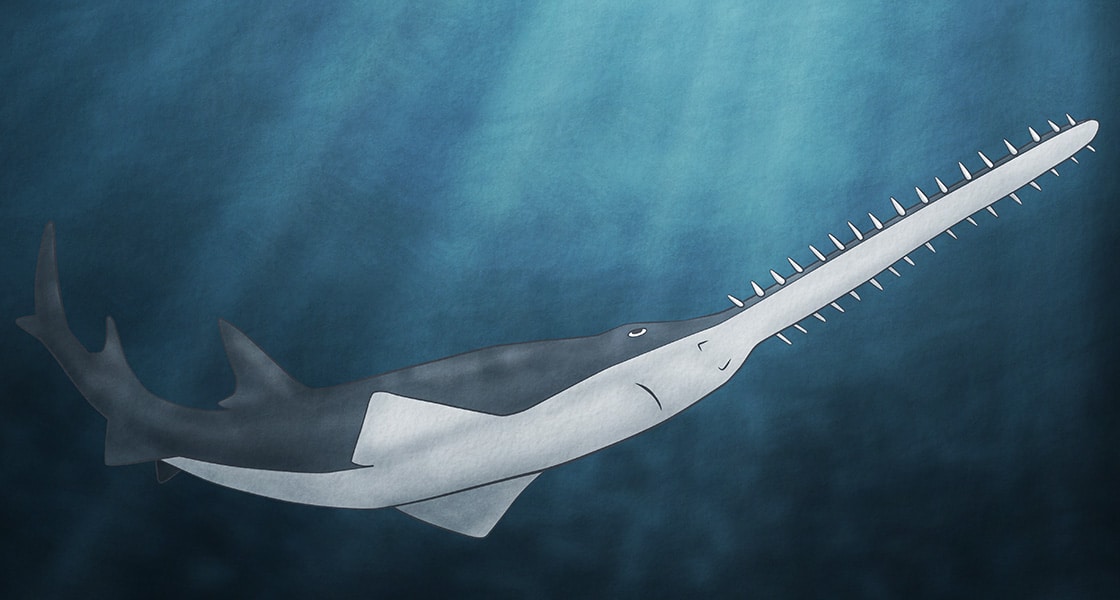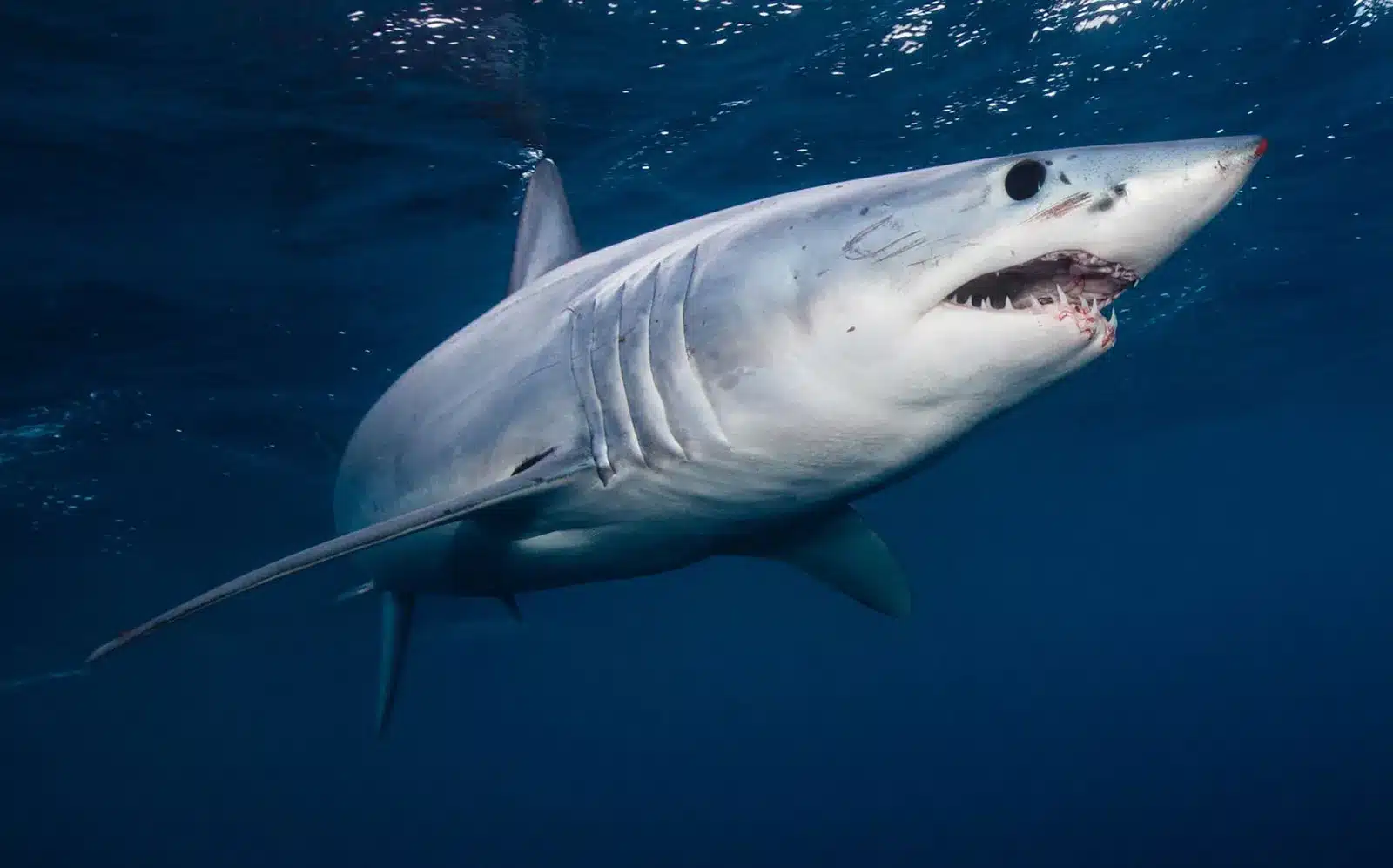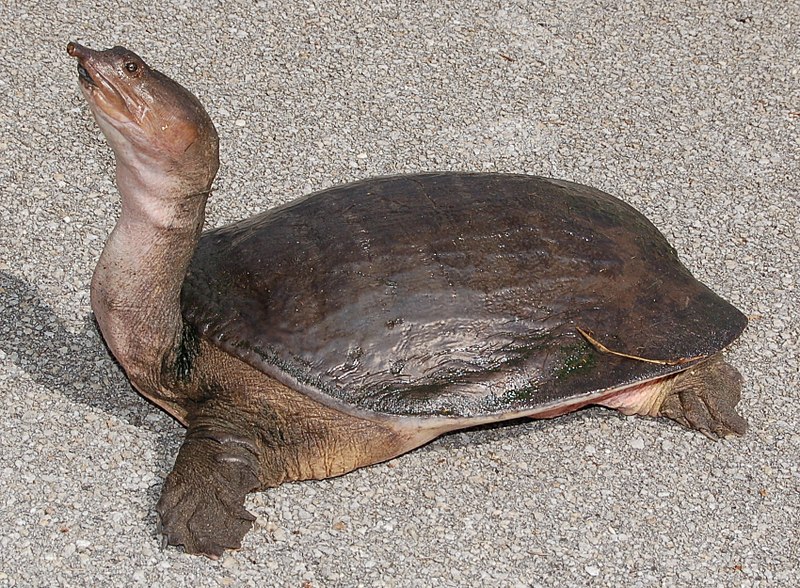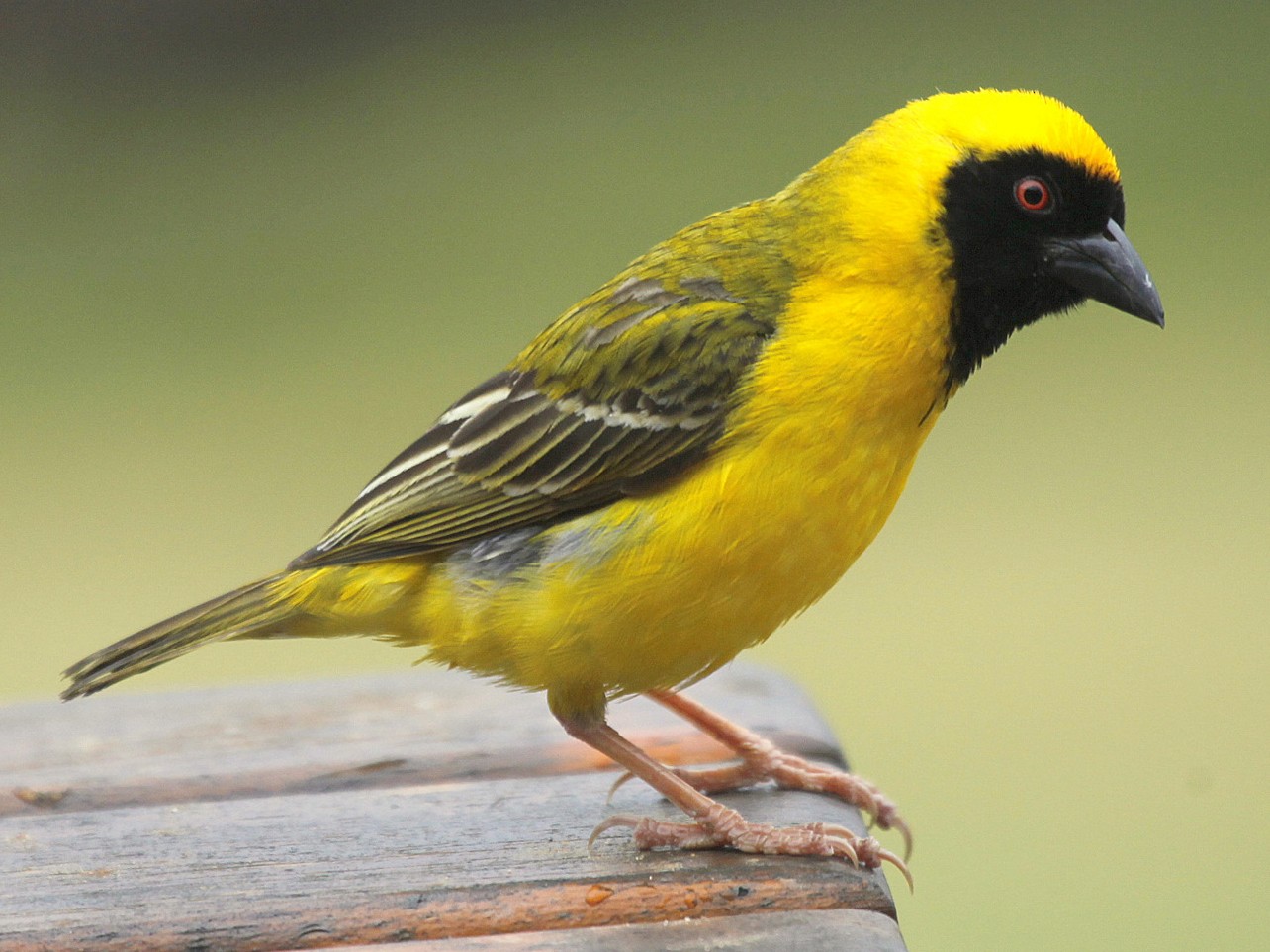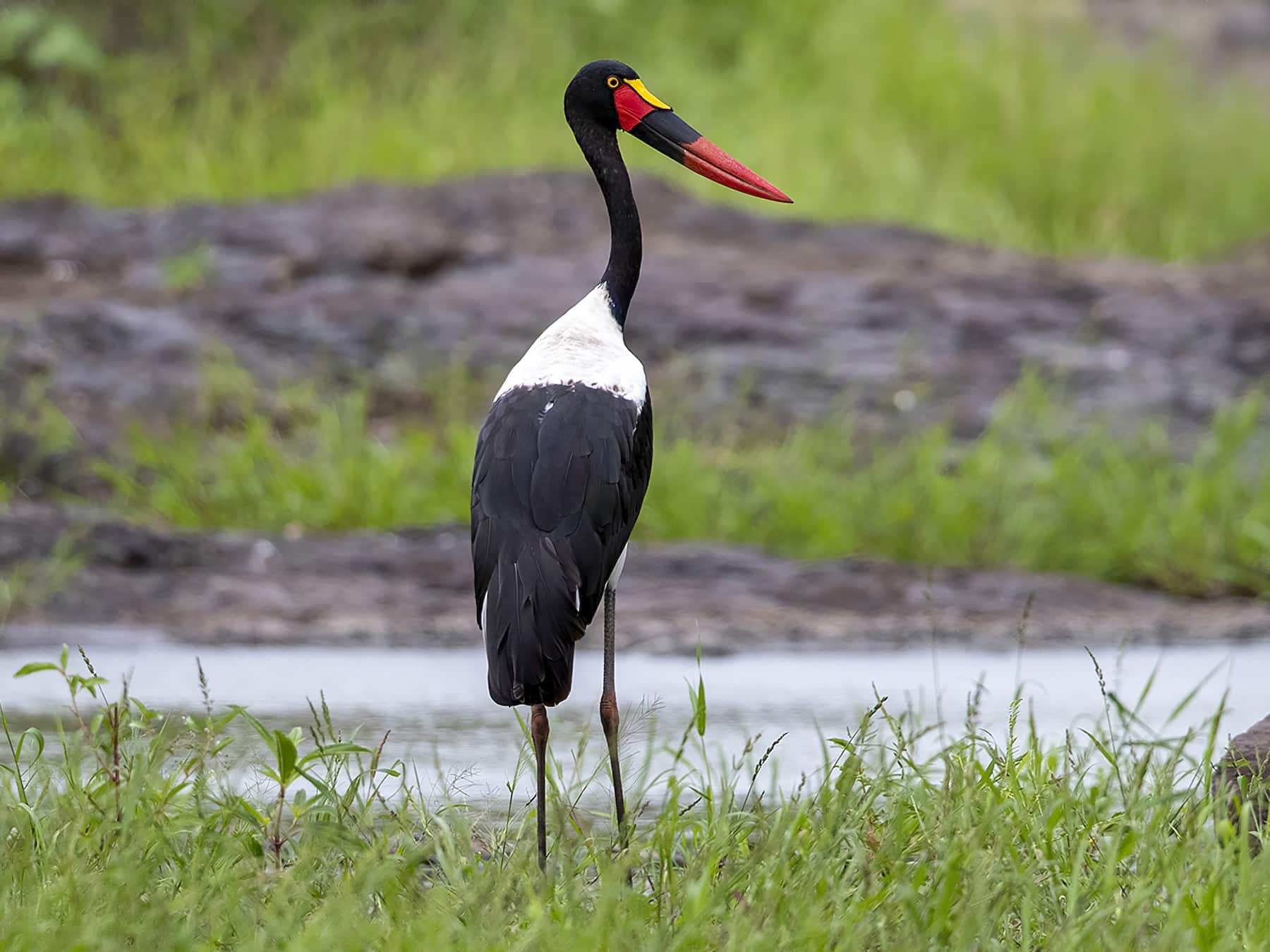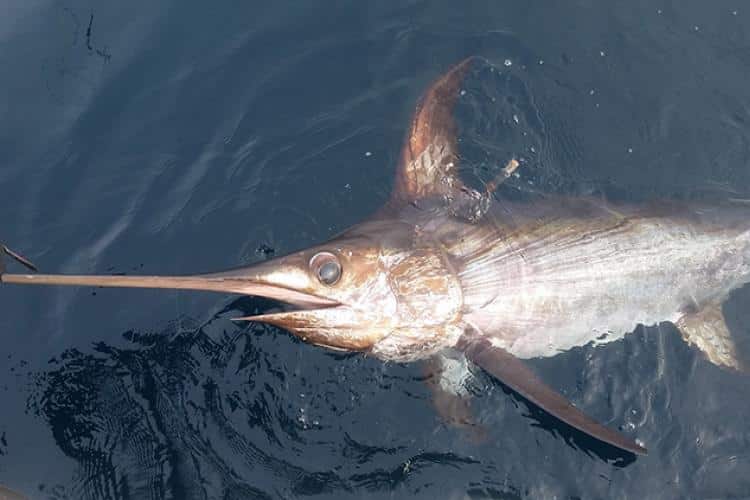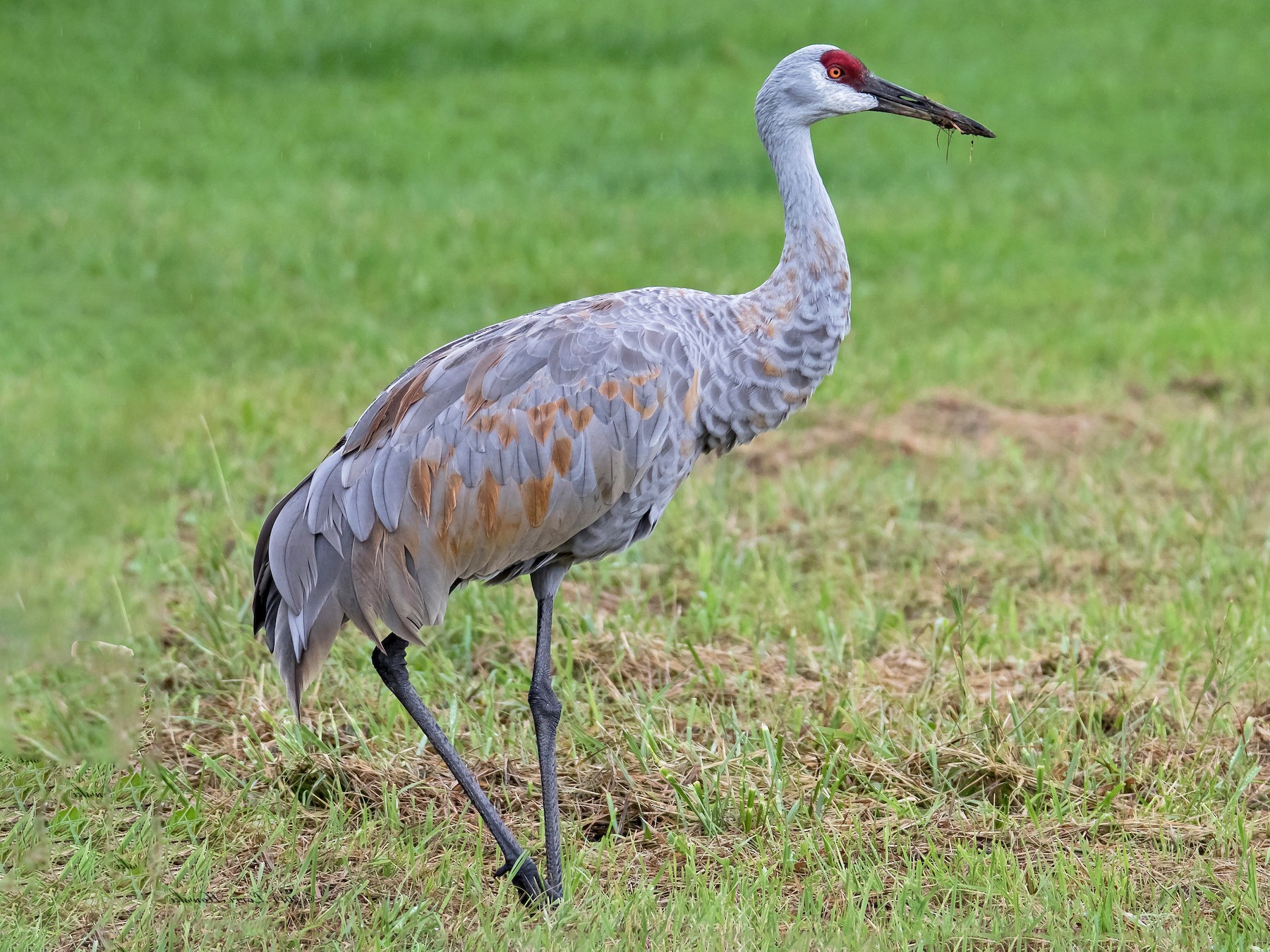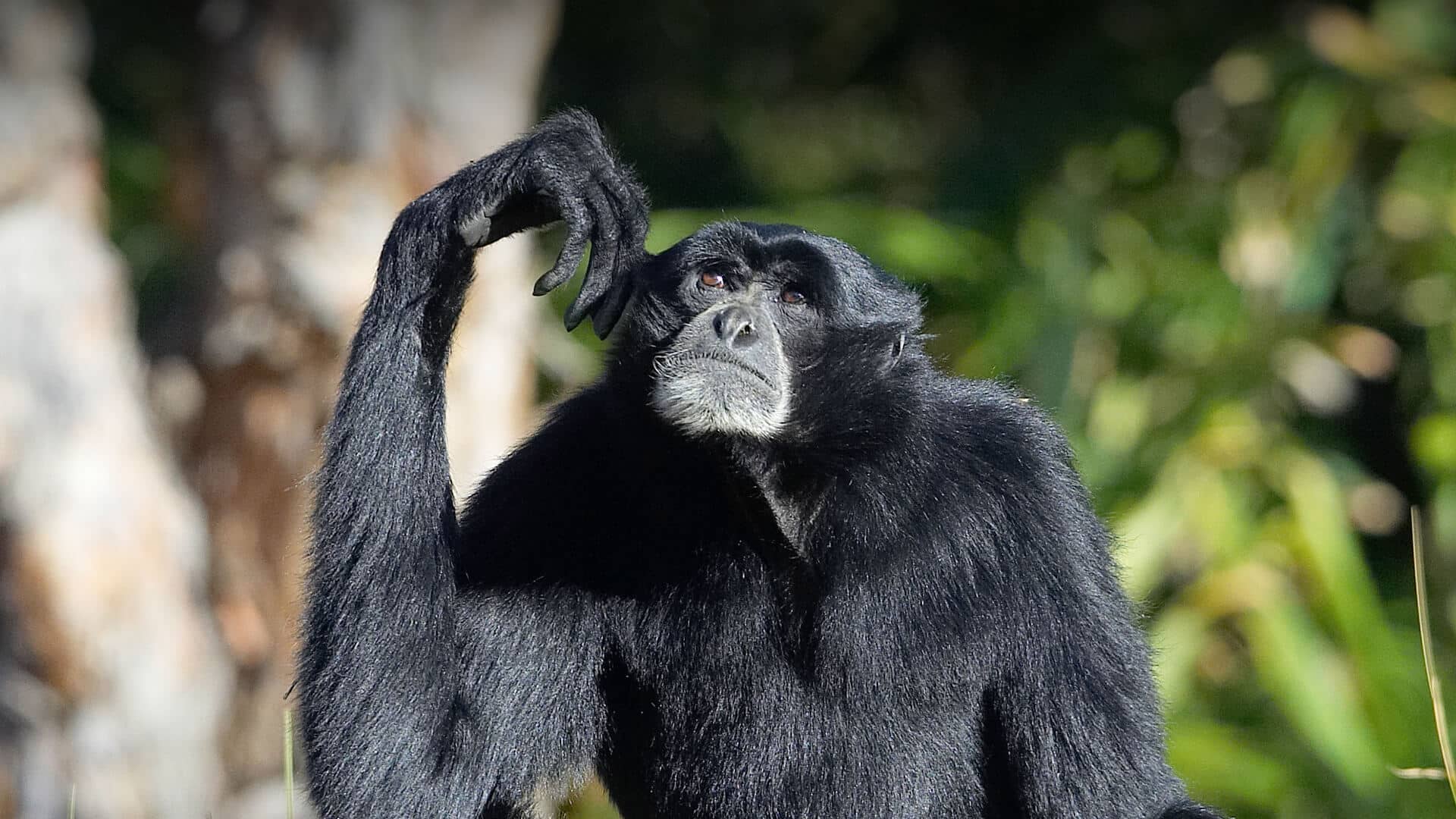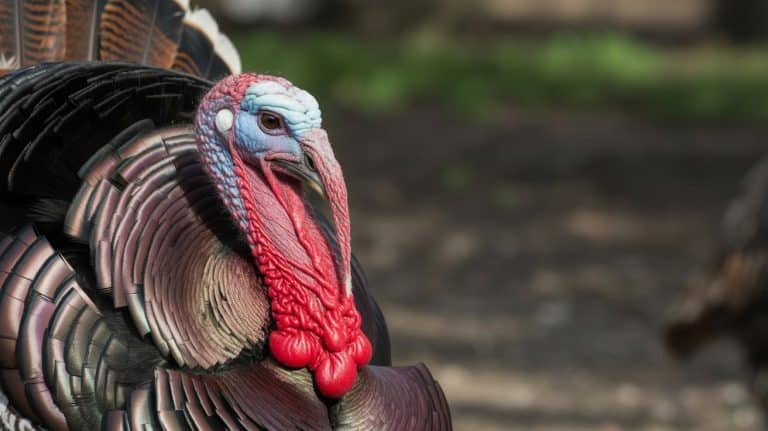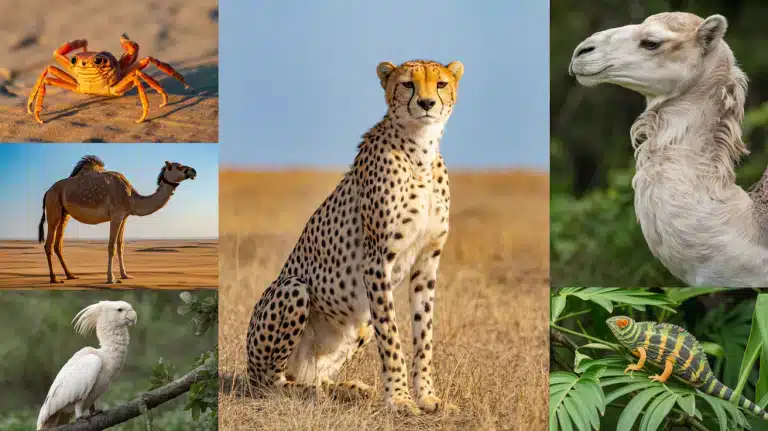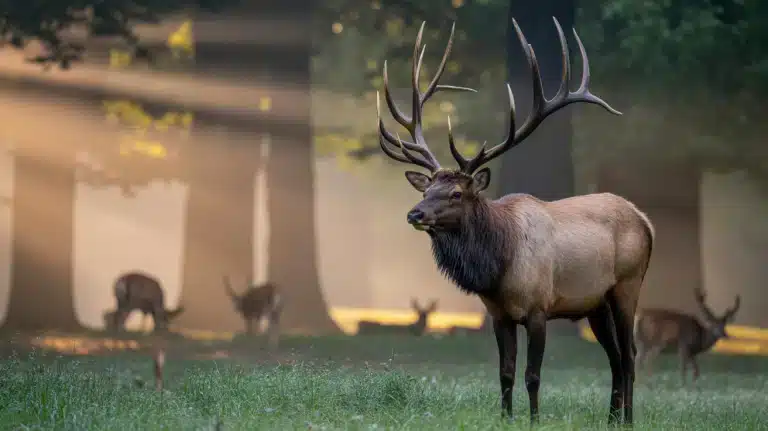Wildlife is an enigmatic aspect of the ecosystem that we know so much about yet remains largely unexplored from our ambit.
The wildlife is rich in multiple forms and there is so much more to know about.
You get to explore the diversified shades of wildlife with every other letter of the English alphabet.
With 26 letters, you get diversified options to dive deep into the wildlife’s unexplored yet intriguing world.
Through this, you can also introduce your kids to a vibrant world of wildlife.
In this article, we will be taking you through the rich animal kingdom with animals that start with ‘S’ letter in the English alphabet.
So, without any further ado, let us dive deep into the captivating insight as we shed light on 48 such creatures and the interesting facts around them.
Animals that Start with ‘S’
1. Siberian Tiger
Origin: Siberia, Russia
Region of Habitat: Dense forests and grasslands
Scientific Name: Panthera Tigris Altaica
The Siberian Tiger is the largest among all the species of cats; this tiger is prominently known for its widely distinctive and catchy coating of orange on their body with black stripes.
Interesting Fact: Siberian Tigers are the only tigers that can survive in the snow.
2. Sloth
Origin: Parts of Central and South America
Region of Habitat: Rainforests and Tropical Territory
Scientific Name: Folivora
Sloths have many variations depending upon where they are found; the mammal is slow-moving and has a unique lifestyle; they spend most of their time hanging in trees.
Interesting Fact: Sloths are known to slowly journey from the tree canopy towards the bottom of the same tree to poop or urinate on the forest floor.
3. Snow Leopard
Origin: Central and South Asia
Region of Habitat: Mountainous regions and alpine meadows
Scientific Name: Panthera Uncia
Snow Leopards are well-adapted to cold environments; they feature a thick coat and long tail for balance and are excellent climbers and a predator par excellence.
Interesting Fact: Unlike other big cats, snow leopards can’t roar. Snow leopards have a ‘main’ call described as a ‘piercing yowl’ that’s so loud it can be heard over the roar of a river.
4. Starfish
Origin: Ocean
Region of Habitat: Ocean floors and rocky surfaces
Scientific Name: Asteroidea
Starfish are also known as sea stars; they have a radial symmetry and are characterized by their arms radiating from a central disc.
Interesting Fact: Starfish don’t have a brain or even blood! They use filtered sea water to pump nutrients through their nervous system instead.
5. Salamander
Origin: Worldwide (Majority are restricted to North and Central America-367 species)
Region of Habitat: Moist environments, Forests, and Water Bodies
Scientific Name: Caudata
Salamanders are amphibians; they have slender bodies and bear long tails. A majority of the species can regenerate lost body parts.
Interesting Fact: Salamanders are the second largest group of amphibians. Because of similar characteristics, salamanders may be confused for lizards and reptiles.
6. Sea Turtle
Origin: Oceans and Seas (Globally)
Region of Habitat: Coastal areas and Beaches
Scientific Name: Chelonioidea
Sea Turtles can be regarded as marine reptiles with flipper-like limbs known for their extremely long migrations and nesting habits.
Interesting Fact: The shells of turtles are made of over 50 bones fused, which means they wear their bones, which act as a savior for them. The turtle has light and spongy bones that help them to float.
7. Silver Fox
Origin: Originally silver foxes were found in the wild in North America and parts of Eurasia.
Region of Habitat: Forests, Grasslands, and parts of Urban Areas.
Scientific Name: Vulpes vulpes
Silver foxes are the melanistic form of the red fox category; this means the black coloration on their fur because of genetic variation. Silver Fox shares the same characteristics as the red fox: a bushy tail, pointed ears, and a sharp muzzle.
Interesting Fact: This species has a crucial role in the fur trade. They are highly in demand in the business owing to their fur’s unique color.
8. Seahorse
Origin: Ocean
Regions of Habitat: Coral reefs and seagrass beds
Scientific Names: Hippocampus
Seahorses are small fish predominantly with bones and bear a unique appearance, which includes a tail (prehensile) and a head that typically resembles a horse.
Interesting Fact: One of the most spellbinding characteristics of the seahorse is associated with their reproductive behavior. Apart from several fish, the male partner in the class of seahorse becomes pregnant. This happens with the transfer of eggs to the male’s specialized pouch attached to their abdomen.
9. Shark
Origin: Ocean
Regions of Habitat: Open ocean and coastal areas
Scientific Name: Selachimorpha
Sharks are cartilaginous fish with sharp teeth and a streamlined body, known for their role as
apex predators in marine ecosystems.
Interesting Fact: As per the clear records, the earliest sharks date back to near about 450 million years ago. This implies that the sharks were nearly millions of years before the dinosaurs graced the earth.
10. Snail
Origin: Worldwide in a wide range of habitats
Regions of Habitat: Snails are highly adaptable; they can be found in gardens and wooded areas, while terrestrial snails can be found in water bodies of all forms, including oceans and seas.
Scientific Name: Gastropoda
Snails have mollusks and hold a spiral shell that protects them against dangers. They move by gliding on their specialized foot.
Interesting Fact: Snails are prominently known for their unique style of feeding. Snails have a radula-like tongue; this comes with sharp teeth, which they use to scrape and feed upon various surfaces, including plants and algae.
11. Star-nosed Mole
Origin: North America
Region of Habitat: Wet lowland areas
Scientific Name: Condylura Cristata
The star-nosed mole is a small mammal with a unique star-shaped pink fleshy appendage on its nose.
Interesting Fact: Star-nosed moles are among the fastest foragers among small mammals, using their sensitive noses to explore their surroundings.
12. Sparrow
Origin: Middle East
Regions of Habitat: Varied, from urban areas to rural landscapes
Scientific Name: Passer Domesticus
Sparrows are small, plump, brown-grey birds with short tails and strong beaks, known for their adaptability to urban environments.
Interesting Fact: Sparrows can recognize individual humans and react differently to familiar versus unfamiliar people.
13. Sea Otter
Origin: North Pacific Ocean
Region of Habitat: Coastal waters
Scientific Name: Enhydra lutris
Sea otters are small marine mammals with thick fur, known for floating on their backs and using rocks to crack open shellfish.
Interesting Fact: Sea otters are vital in maintaining kelp forest ecosystems by controlling sea urchin populations.
14. Sable Antelope
Origin: Southern and Eastern Africa
Regions of Habitat: Woodlands and grasslands
Scientific Name: Hippotragus niger
The sable antelope is a large, dark-coated antelope with impressive curved horns native to the savannas and woodlands of East and Southern Africa.
Interesting Fact: Males of the species have a unique, imposing black coat, distinguishing them significantly from the females.
15. Snowy Owl
Origin: Arctic regions
Region of Habitat: Tundra
Scientific Name: Bubo scandiacus
Snowy Owls are large, white birds with mottled black markings, known for their striking yellow eyes and round heads.
Interesting Fact: Unlike most owls, Snowy Owls are diurnal, actively hunting both day and night.
16. Surinam Toad
Origin: South America
Region of Habitat: Slow-moving waters
Scientific Name: Pipa pipa
The Surinam toad is a flat-bodied, leaf-like amphibian with a mottled brown appearance, adept at camouflaging in muddy waters.
Interesting Fact: Females carry fertilized eggs on their backs, where they develop and hatch.
17. Sockeye Salmon
Origin: Pacific Ocean
Regions of Habitat: Rivers and lakes
Scientific Name: Oncorhynchus nerka
Sockeye Salmon are vibrant, red-hued fish with slender bodies, known for their epic migrations from ocean to freshwater for spawning.
Interesting Fact: They undergo a dramatic physical transformation, changing from silver-blue to bright red during spawning.
18. Sperm Whale
Origin: Oceans worldwide
Region of Habitat: Deep ocean waters
Scientific Name: Physeter macrocephalus
Sperm whales are large, deep-diving cetaceans, easily recognized by their massive heads and prominent, rounded foreheads.
Interesting Fact: They have the largest brain of any current or extinct animal and are also known for their deep dives, reaching depths of over 3,280 feet.
19. Scarlet Macaw
Origin: Central and South America
Region of Habitat: Tropical forests
Scientific Name: Ara macao
Scarlet Macaws are vibrant parrots with brilliant red, yellow, and blue feathers, known for their long tails and powerful beaks.
Interesting Fact: They can live for over 75 years in captivity. Scarlet macaws are known for their intelligence and ability to mimic human speech.
20. Stingray
Origin: Oceans worldwide
Region of Habitat: Coastal waters
Scientific Name: Dasyatidae family
Stingrays are flat-bodied marine fish with long, slender tails and wing-like pectoral fins, adept at camouflaging in sandy ocean floors.
Interesting Fact: Some stingray species give birth to live young rather than laying eggs.
21. Saola
Origin: Laos and Vietnam
Region of Habitat: Annamite Range
Scientific Name: Pseudoryx nghetinhensis
The saola, also known as the Asian unicorn, is a rare and elusive bovine with long, straight horns and white facial markings.
Interesting Fact: Discovered in 1992, it’s one of the world’s rarest large mammals.
22. Sloth Bear
Origin: Indian subcontinent
Regions of Habitat: Forests and grasslands
Scientific Name: Melursus ursinus
Sloth bears are medium-sized, nocturnal bears with shaggy coats, long claws, and a distinctive snout, primarily found in India and Sri Lanka.
Interesting Fact: Unlike other bears, they primarily eat insects, especially termites and ants.
23. Southern Right Whale
Origin: Southern Hemisphere
Region of Habitat: Coastal waters
Scientific Name: Eubalaena australis
Southern Right Whales are large baleen whales with broad backs, callosities on their heads, and no dorsal fin commonly found in the Southern Hemisphere.
Interesting Fact: They are known for their playful behavior, often seen breaching and tail-slapping.
24. Sand Tiger Shark
Origin: Oceans worldwide
Region of Habitat: Shallow coastal waters
Scientific Name: Carcharias taurus
Sand tiger sharks are large, bulky sharks with a grayish-brown color, known for their ragged teeth and relatively docile nature.
Interesting Fact: Despite their fierce appearance, they are generally not aggressive towards humans unless provoked.
25. Secretary Bird
Origin: Sub-Saharan Africa
Regions of Habitat: Grasslands and savannas
Scientific Name: Sagittarius serpentarius
The Secretary Bird is a tall, long-legged bird of prey, unique for hunting on foot, with distinctive black feathers resembling quill pens behind its head.
Interesting Fact: It is known for its snake-stomping skills, using its powerful legs to kill prey.
26. Shoebill
Origin: Tropical swamps of central tropical Africa
Region of Habitat: Wetlands
Scientific Name: Balaeniceps rex
Shoebills are large, stork-like birds with a notable shoe-shaped bill, known for their statuesque, motionless hunting stance in African swamps.
Interesting Fact: They can stand still for long periods to ambush prey like fish and frogs.
27. Striped Hyena
Origin: North and East Africa, the Middle East, and parts of Asia
Regions of Habitat: Grasslands and savannas
Scientific Name: Hyaena hyaena
Striped hyenas are medium-sized, nocturnal carnivores with distinct black and white stripes on their bodies and a mane of long hair on their necks.
Interesting Fact: Unlike other hyena species, they are primarily scavengers and are known to store excess food.
28. Sika Deer
Origin: East Asia
Regions of Habitat: Forests and grasslands
Scientific Name: Cervus nippon
Sika Deer are medium-sized deer with reddish-brown to gray coats, sporting white spots and a distinctive black mane during winter.
Interesting Fact: They are known to vocalize a wide range of sounds, including high-pitched screams.
29. Serval
Origin: Sub-Saharan Africa
Regions of Habitat: Grasslands and savannas
Scientific Name: Leptailurus serval
Servals are medium-sized African wild cats known for their long legs, spotted coat, and large ears, adept at detecting prey.
Interesting Fact: They can leap up to 10 feet in the air to catch birds mid-flight.
30. Spotted Salamander
Origin: Eastern United States and Canada
Regions of Habitat: Woodlands and wetlands
Scientific Name: Ambystoma maculatum
Spotted Salamanders are medium-sized, secretive amphibians with a glossy black body and bright yellow or orange spots.
Interesting Fact: They have a unique symbiotic relationship with algae, the only vertebrates known to do so.
31. Silverback Gorilla
Origin: Central Africa
Region of Habitat: Dense forests
Scientific Name: Gorilla beringei (for the Eastern Gorilla, including the Mountain Gorilla) and Gorilla gorilla (for the Western Gorilla)
Silverback Gorillas are dominant adult male gorillas known for the distinctive silver fur on their backs and their impressive physical strength.
Interesting Fact: They are highly intelligent and capable of using tools and displaying complex emotions.
32. Steller’s Sea Eagle
Origin: Russia and Japan
Regions of Habitat: Coastal areas and rivers
Scientific Name: Haliaeetus pelagicus
Steller’s Sea Eagles are among the largest eagles, distinguished by their massive size, dark brown body, and striking white tail and shoulders.
Interesting Fact: They have the most powerful beak of any eagle, crucial for breaking through thick ice to catch fish.
33. Springbok
Origin: Southern Africa
Regions of Habitat: Grasslands and savannas
Scientific Name: Antidorcas marsupialis
Springboks are medium-sized antelopes known for their distinctive brown and white coloring and unique pronking or leaping behavior.
Interesting Fact: They can leap up to 4 meters in the air and 15 meters in the distance in a behavior known as “pronking.”
34. Sulphur-crested Cockatoo
Origin: Australia and New Guinea
Regions of Habitat: Forests and woodlands
Scientific Name: Cacatua galerita
Sulphur-crested Cockatoos are large, white parrots with a distinctive yellow crest, known for their loud calls and sociable nature.
Interesting Fact: They are highly intelligent, capable of mimicking human speech and using tools.
35. Sand Gazelle
Origin: Arabian Peninsula
Regions of Habitat: Deserts and semi-deserts
Scientific Name: Gazella marica
Sand Gazelles, or Reem Gazelles, are slender, light-colored antelopes adapted to desert environments with long legs and large eyes.
Interesting Fact: They can survive in extremely arid conditions, obtaining moisture from the plants they eat.
36. Snapping Turtle
Origin: North America
Regions of Habitat: Lakes, rivers, and ponds
Scientific Name: Chelydra serpentina
Snapping turtles are large freshwater turtles known for their powerful beak-like jaws, long tails, and rough, ridged carapace (shell).
Interesting Fact: They are highly aggressive when out of water but surprisingly docile when submerged.
37. Sun Bear
Origin: Southeast Asia
Region of Habitat: Tropical forests
Scientific Name: Helarctos malayanus
Sun Bears are the smallest bear species, with short black fur, a distinctive orange-yellow crescent on their chest, and a long tongue.
Interesting Fact: They are excellent climbers and spend a significant amount of time in trees.
38. Sand Boa
Origin: Africa, Middle East, and South Asia
Regions of Habitat: Sandy and rocky areas
Scientific Name: Eryx
Sand Boas are small, stout-bodied snakes with smooth scales, known for their unique burrowing behavior and ambush hunting technique in sandy environments.
Interesting Fact: They have small eyes and a blunt head, adaptations for their subterranean lifestyle.
39. Sunfish
Origin: Ocean
Regions of Habitat: Deep and open waters
Scientific Name: Mola mola
Sunfish, or Mola Mola, are unique, large, and flat-bodied oceanic fish known for their odd shape with a truncated body and large dorsal and anal fins.
Interesting Fact: They are one of the heaviest known bony fishes, capable of growing up to 1,000 kg or more.
40. Sawfish
Origin: Oceans and rivers worldwide
Regions of Habitat: Coastal and freshwater areas
Scientific Name: Pristidae family
Sawfish are ray-like fish with a long, flat snout edged with teeth resembling a saw, used for detecting and incapacitating prey.
Interesting Fact: Their rostrum (saw) is covered with electroreceptors to detect the movement of prey in muddy waters.
41. Shortfin Mako Shark
Origin: Ocean
Region of Habitat: Open seas
Scientific Name: Isurus oxyrinchus
The Shortfin Mako Shark is a sleek, streamlined shark known for its metallic blue color, pointed snout, and exceptional speed in water.
Interesting Fact: Shortfin mako sharks are among the fastest sharks, capable of reaching speeds up to 60 km/h (37 mph).
42. Softshell Turtle
Origin: North America, Africa, Asia
Regions of Habitat: Rivers, lakes, and ponds
Scientific Name: Trionychidae family
Softshell turtles are unique freshwater turtles, notable for their flat, leathery shells and long, snorkel-like noses, enabling them to breathe while mostly submerged.
Interesting Fact: Softshell turtles are excellent swimmers and can move quickly in the water.
43. Southern Masked Weaver
Origin: Southern Africa
Regions of Habitat: Woodlands and grasslands
Scientific Name: Ploceus velatus
Southern Masked Weavers are small, bright yellow and black birds known for their remarkable skill weaving intricate nests from grass and leaves.
Interesting Fact: Males build multiple elaborate nests to attract females, who choose the nest and mate.
44. Saddle-billed Stork
Origin: Sub-Saharan Africa
Regions of Habitat: Wetlands and savannas
Scientific Name: Ephippiorhynchus senegalensis
The Saddle-billed Stork is a large, striking bird with a long bill, marked by a yellow saddle-shaped shield and contrasting black and white plumage.
Interesting Fact: It is one of the tallest storks, with a height reaching up to 1.5 meters.
45. Swordfish
Origin: Ocean
Regions of Habitat: Open seas
Scientific Name: Xiphias gladius
Swordfish are large, predatory fish characterized by a long, flat, sword-like bill, a streamlined body, and a high dorsal fin.
Interesting Fact: They are among the fastest fish in the ocean, capable of reaching speeds up to 97 km/h (60 mph).
46. Sandhill Crane
Origin: North America
Regions of Habitat: Wetlands and grasslands
Scientific Name: Antigone canadensis
Sandhill Cranes are tall, gray birds with long legs and necks, known for their red forehead and distinctive rolling trumpeting call.
Interesting Fact: They perform elaborate dancing displays, which include wing flapping, bowing, and leaping.
47. Slender Loris
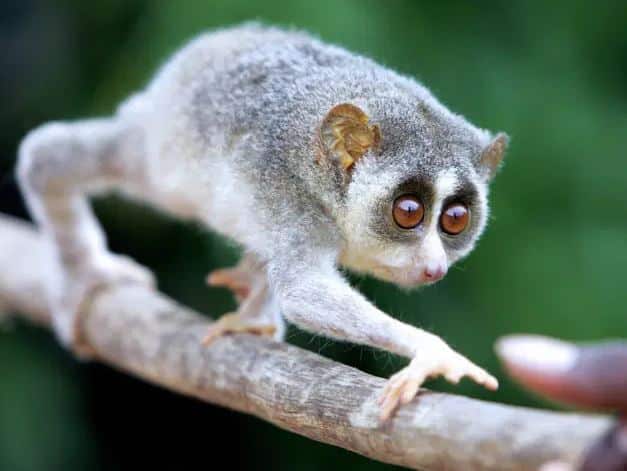
Region of Habitat: Tropical rainforests
Scientific Name: Loris tardigradus
Slender lorises are small, nocturnal primates with large, forward-facing eyes, slender limbs, and a round head, found in the forests of India and Sri Lanka.
Interesting Fact: They are known for their slow, precise movements and ability to remain motionless for long periods to avoid predators.
48. Siamang
Origin: Sumatra and the Malay Peninsula
Region of Habitat: Rainforests
Scientific Name: Symphalangus syndactylus
Siamangs are the largest gibbons, known for their distinctive black fur, long arms, and a large throat sac used for loud, resonant calls.
Interesting Fact: They form strong pair bonds and perform elaborate vocal duets to establish their territory at dawn.
Conclusion
With this, we are done with our comprehensive list of 48 different animals that start with S, giving us a peek into a wide array of animals from the animal kingdom.
Ranging from the prominent giant Siberian Tiger, known to grace the chilling forests in Russia, to the ferocious Sharks underneath the killing waters, each animal gives you new information about how huge and mighty our wildlife is.
Following these sets of animal lists based on the alphabet also provides a detailed idea. It is also helpful for parents to introduce their kids to a whole new world that is engulfed with information and interest.
This information must also be passed to future generations about the importance of every animal in maintaining the ecological balance for the harmony of the environment.

